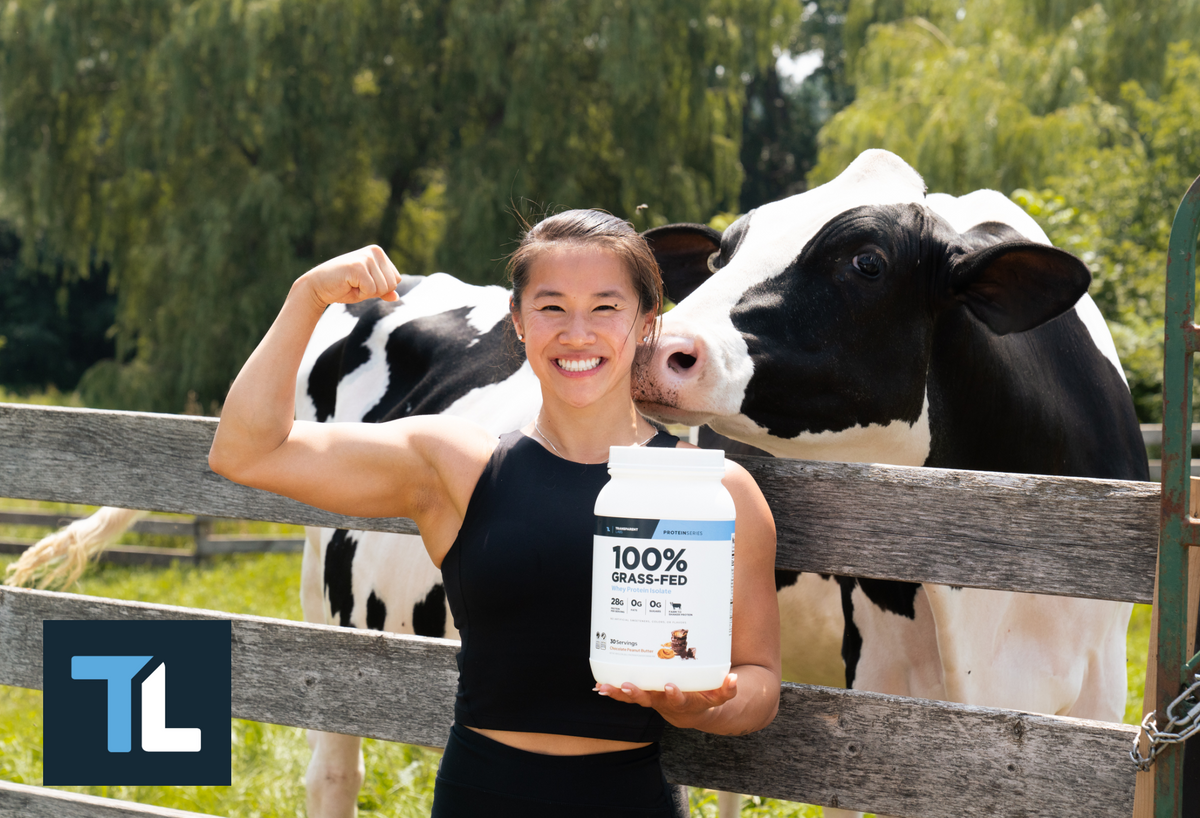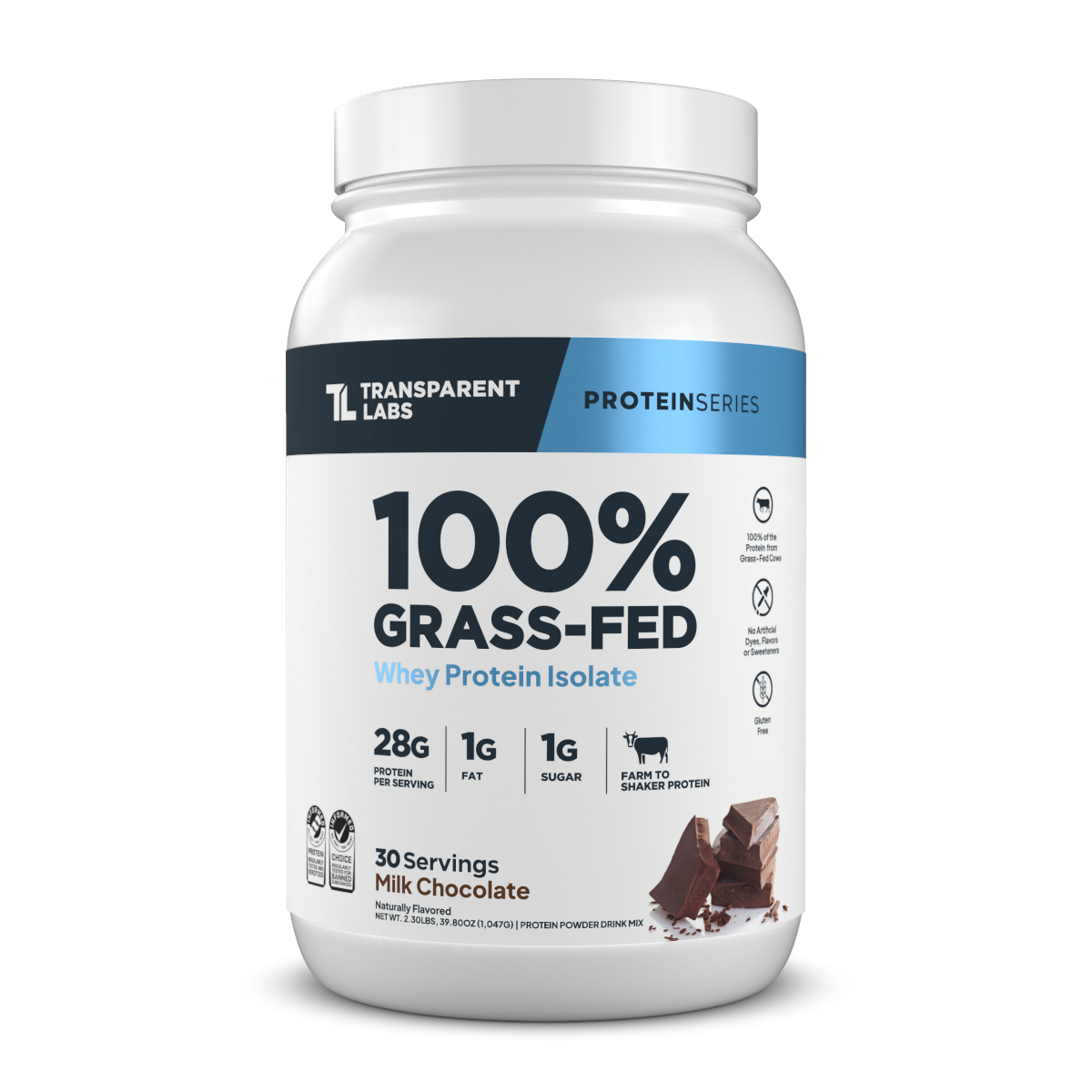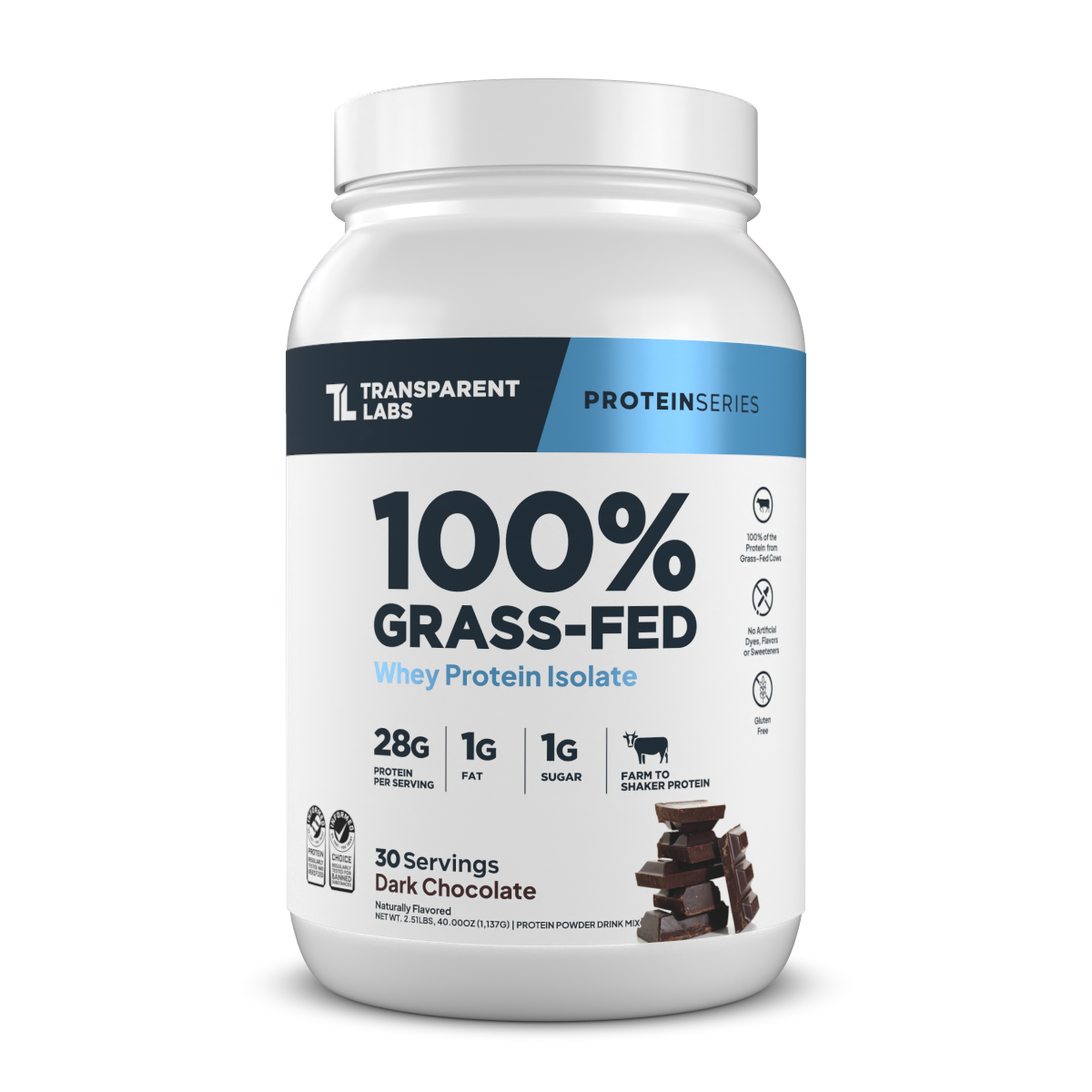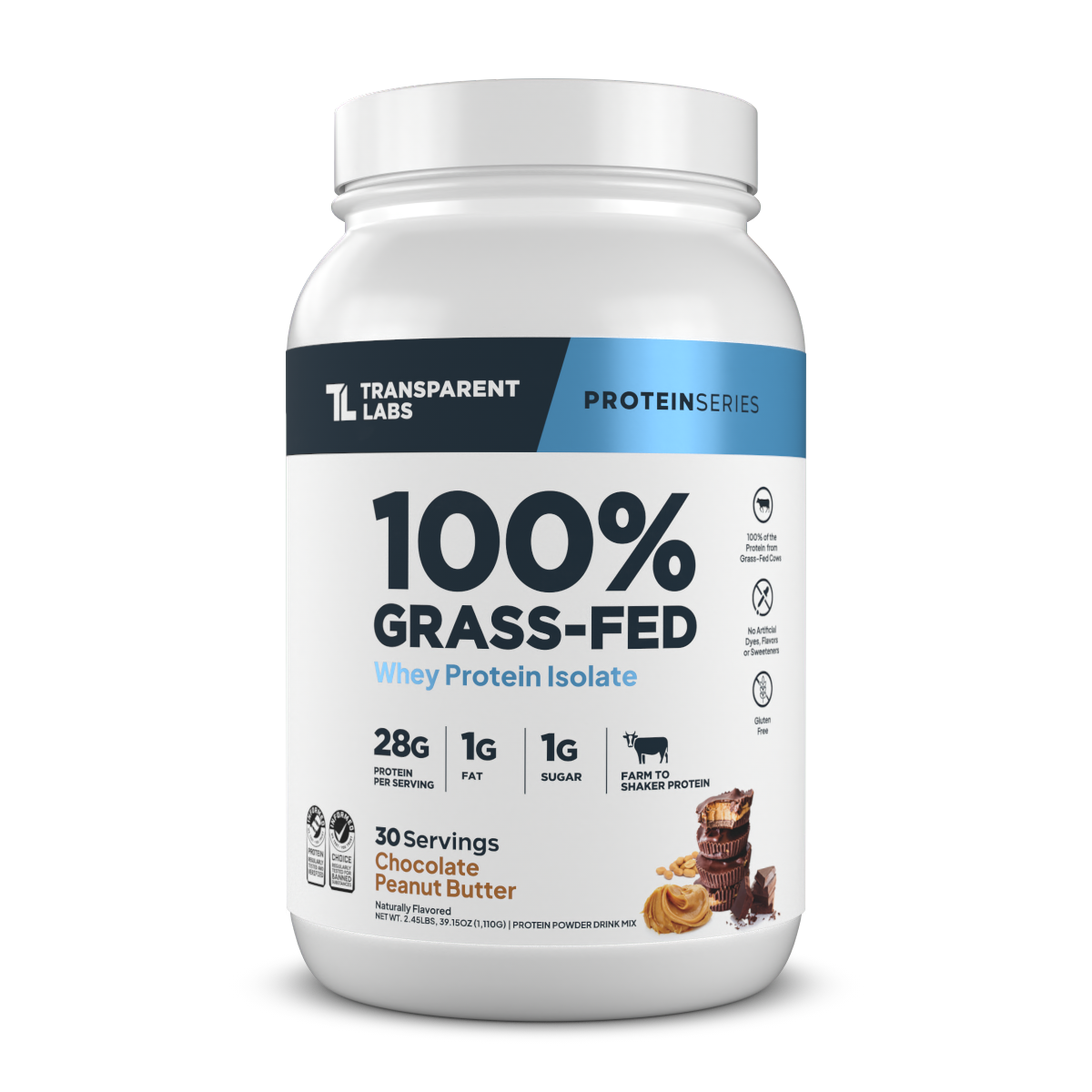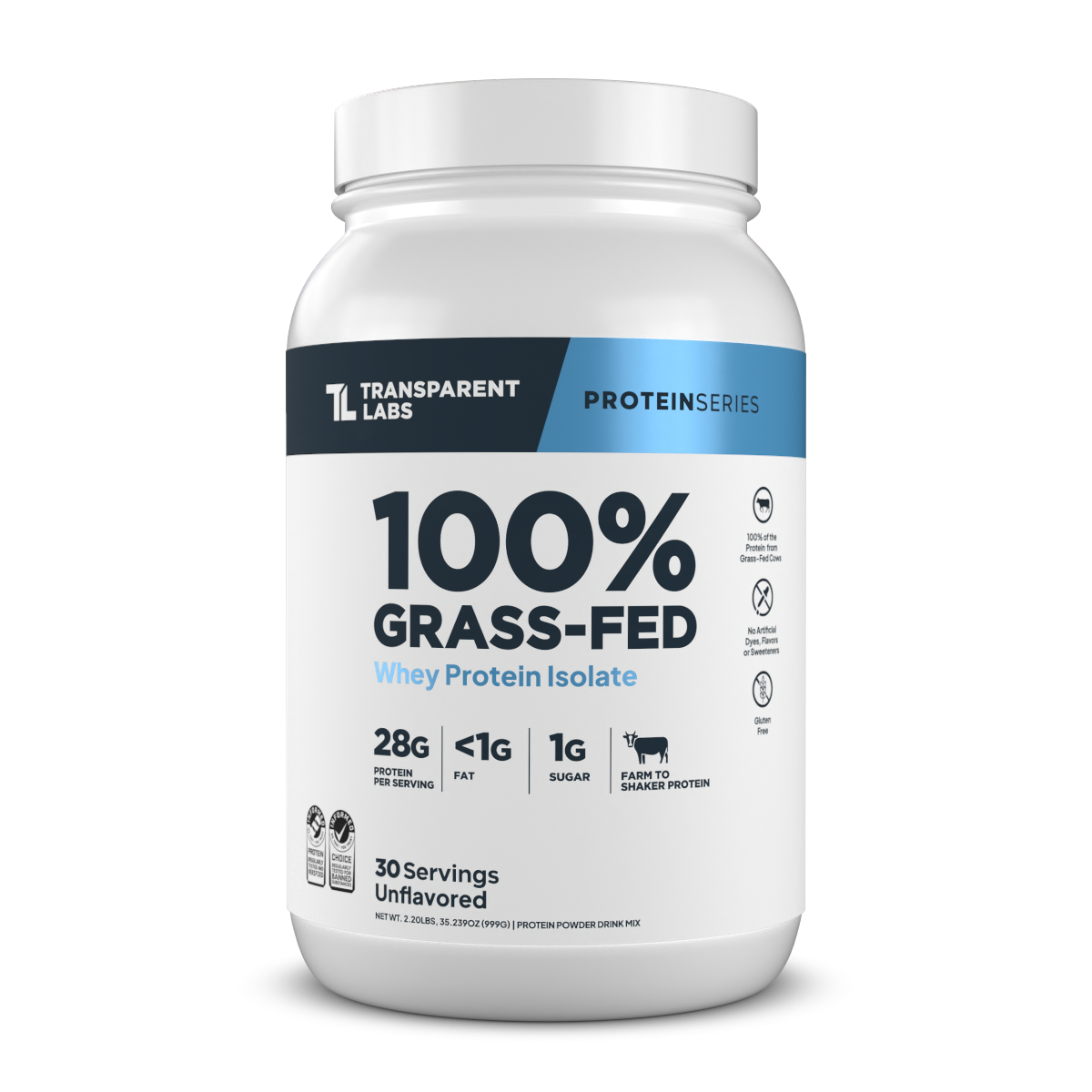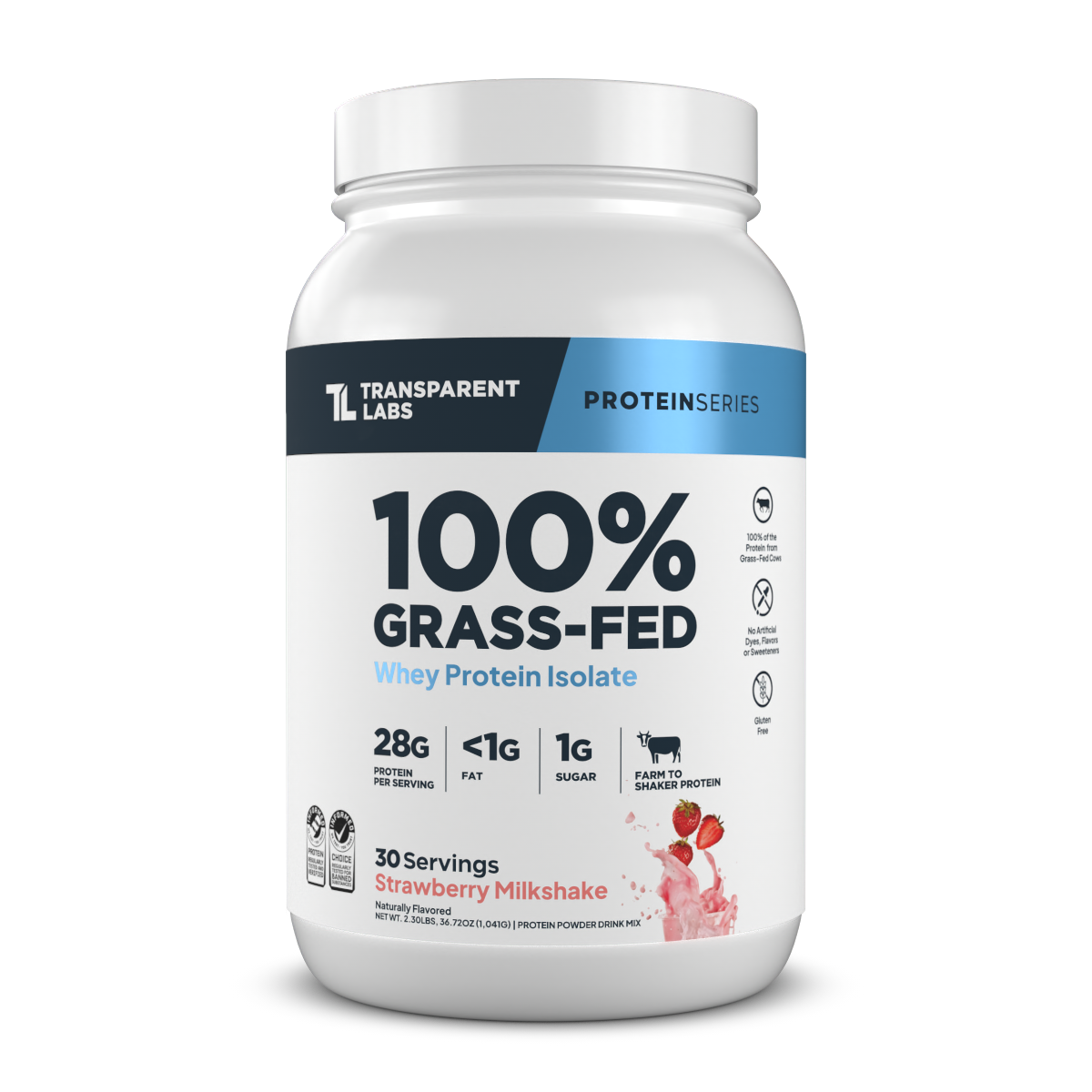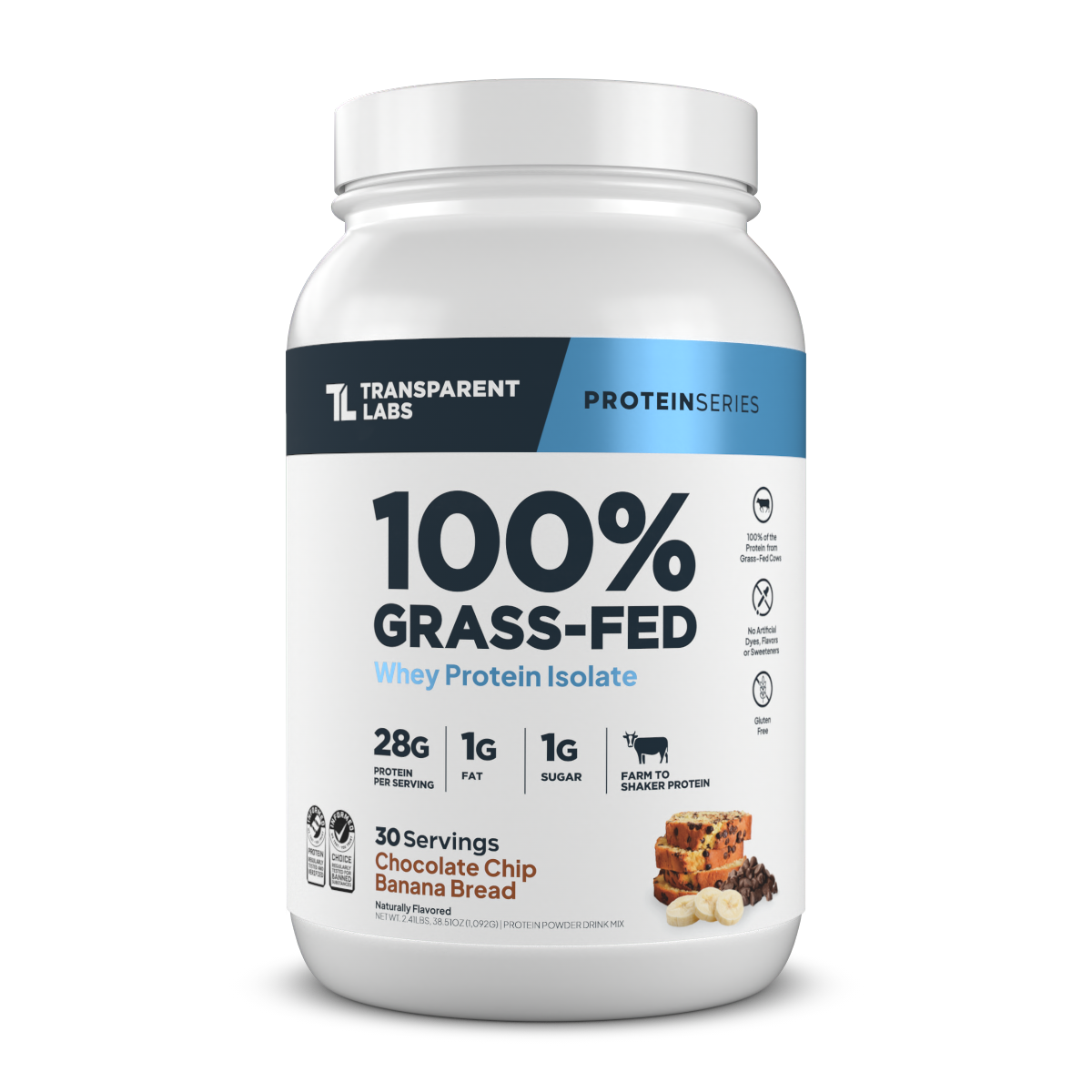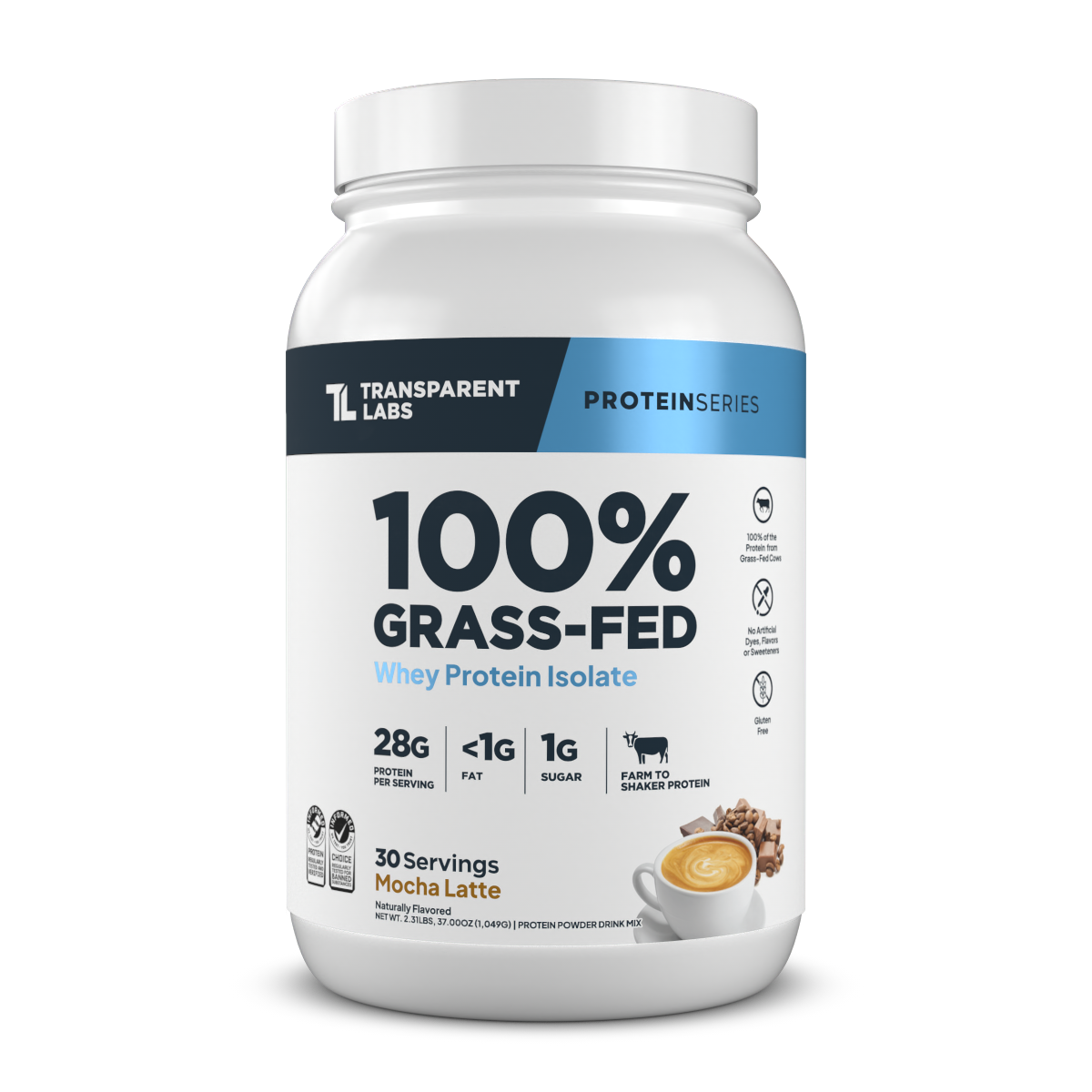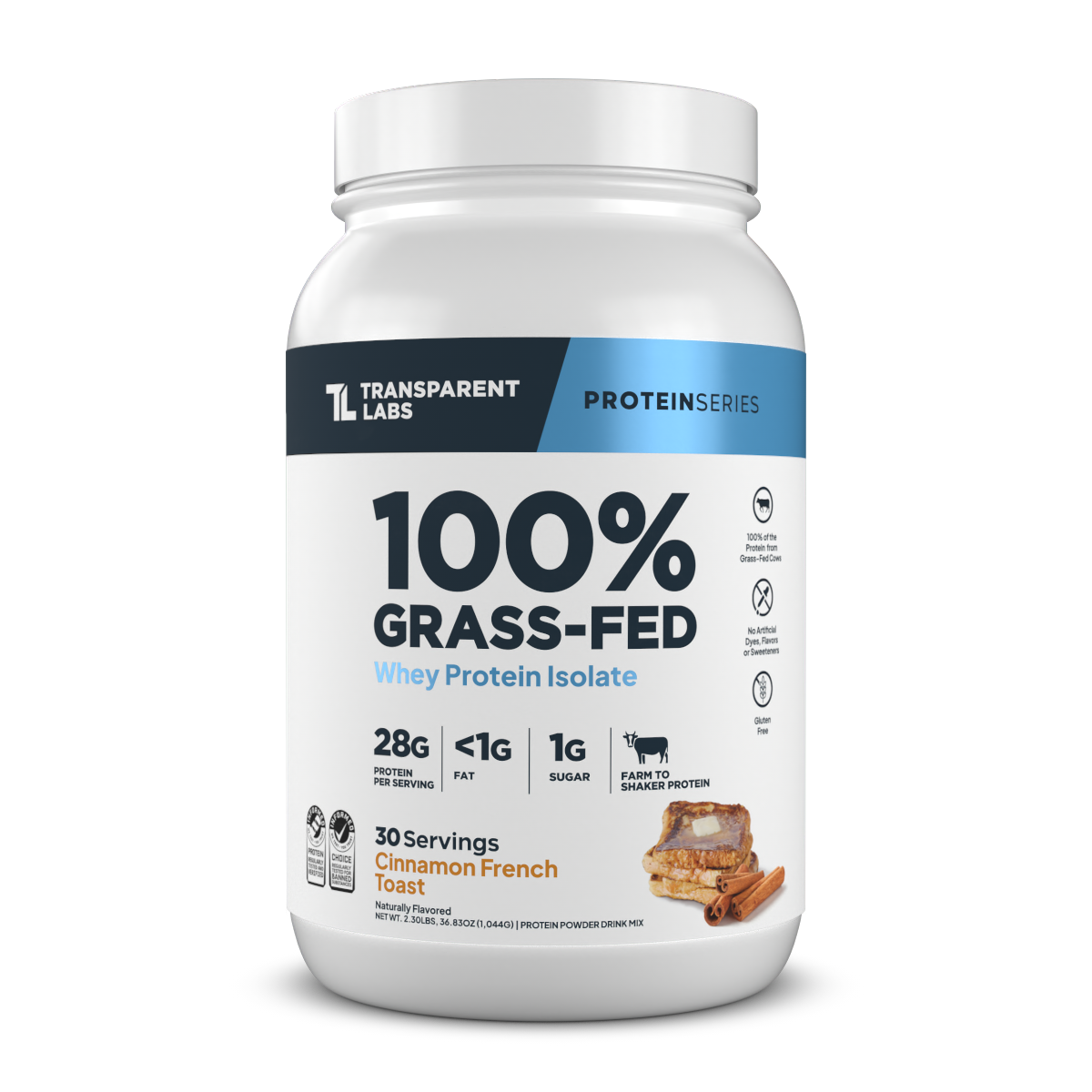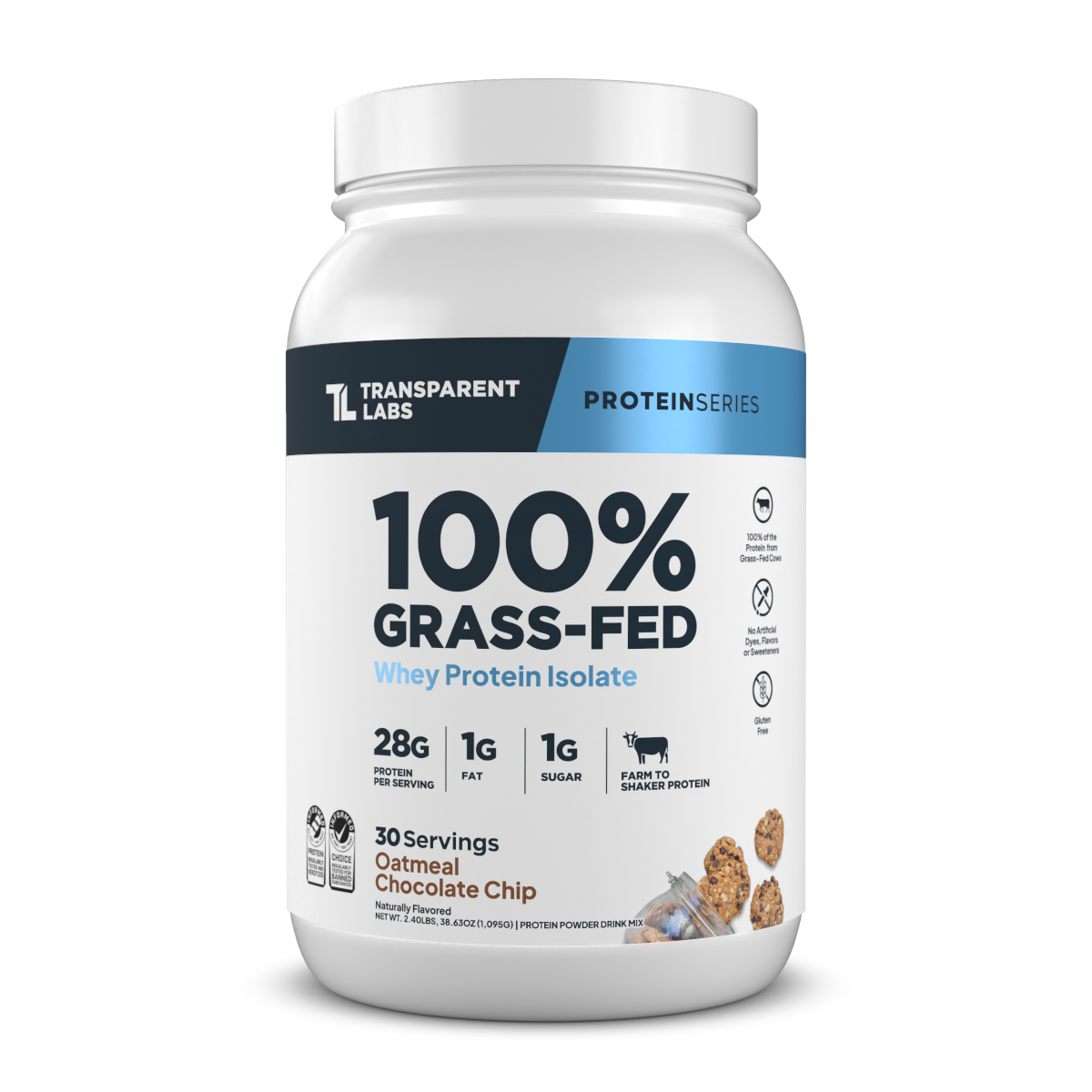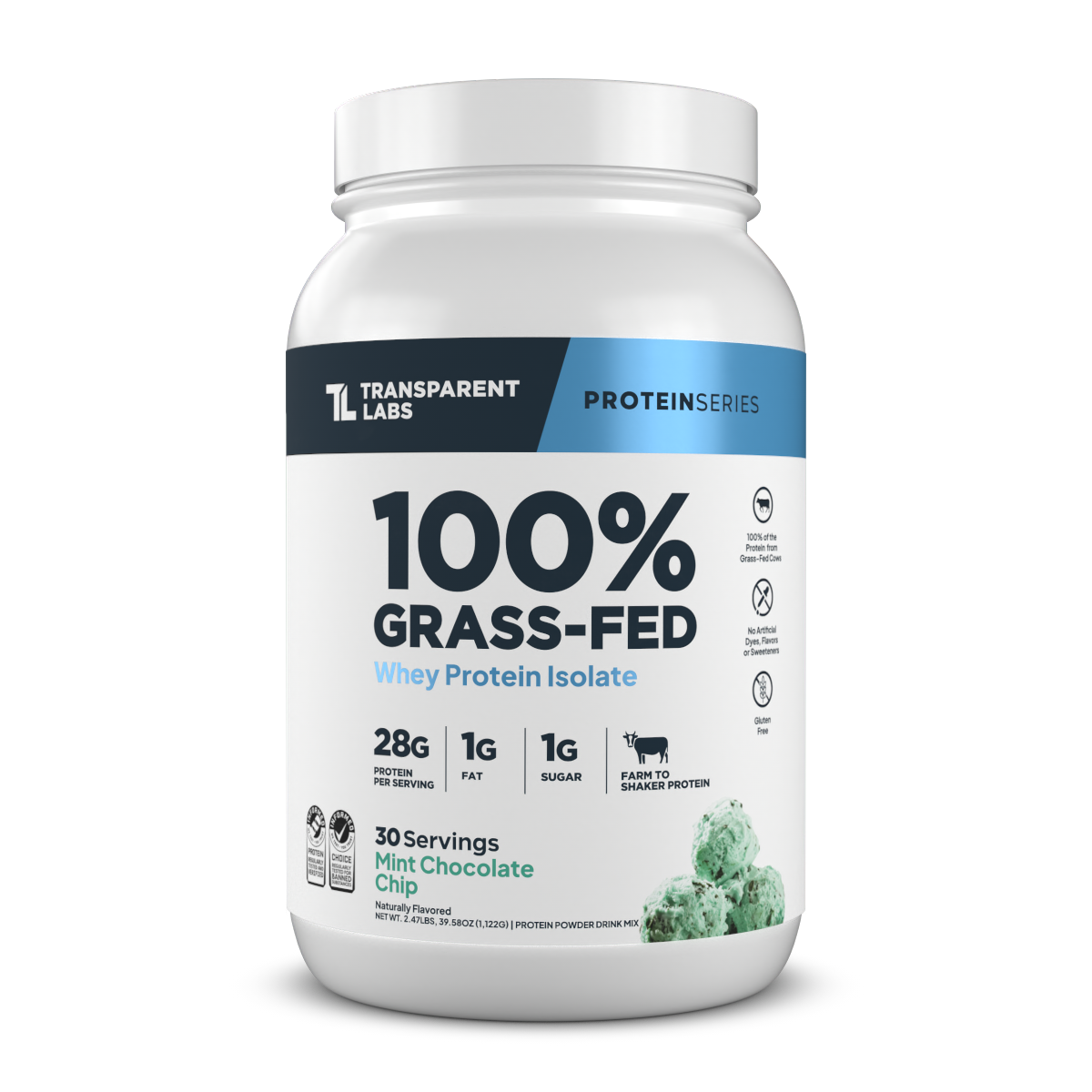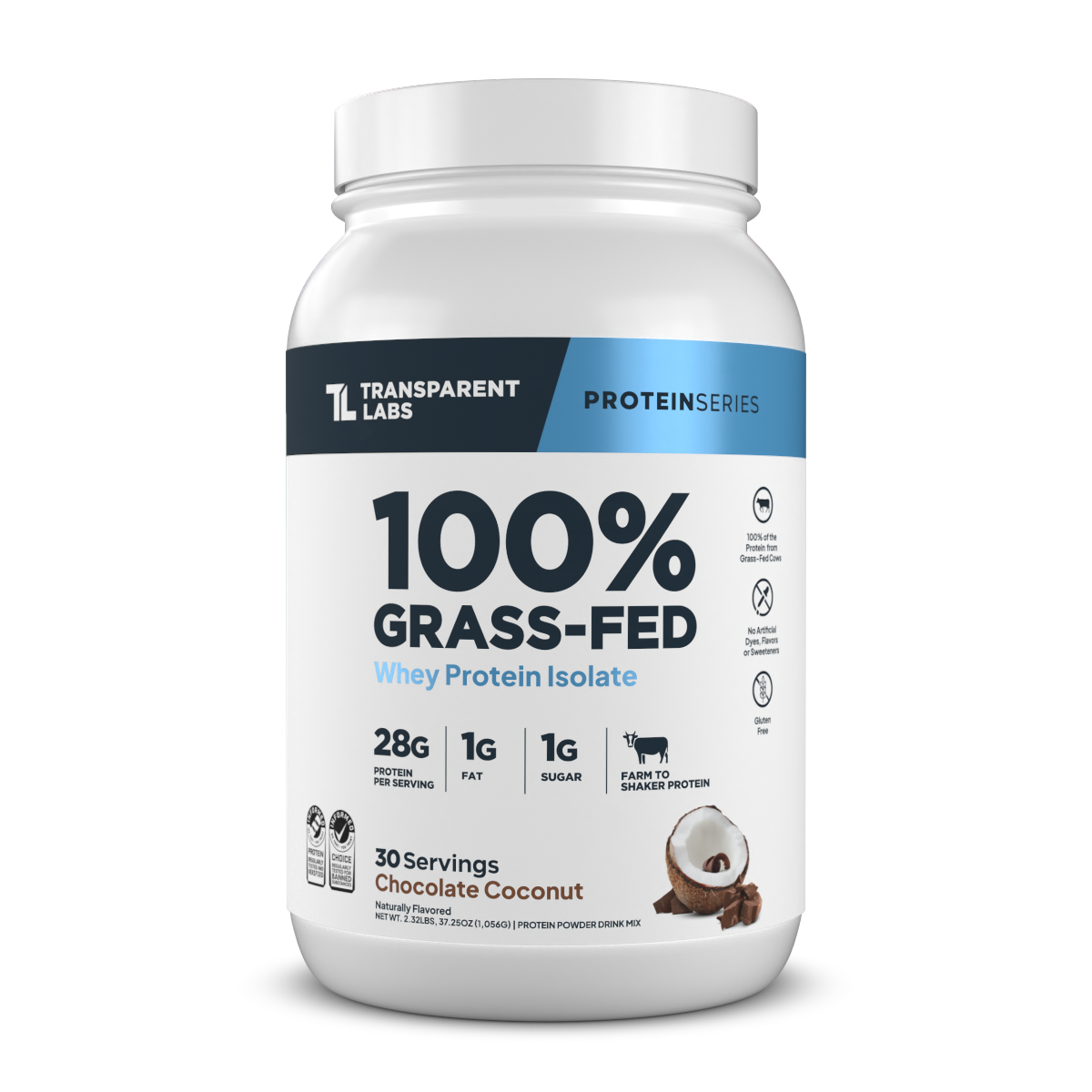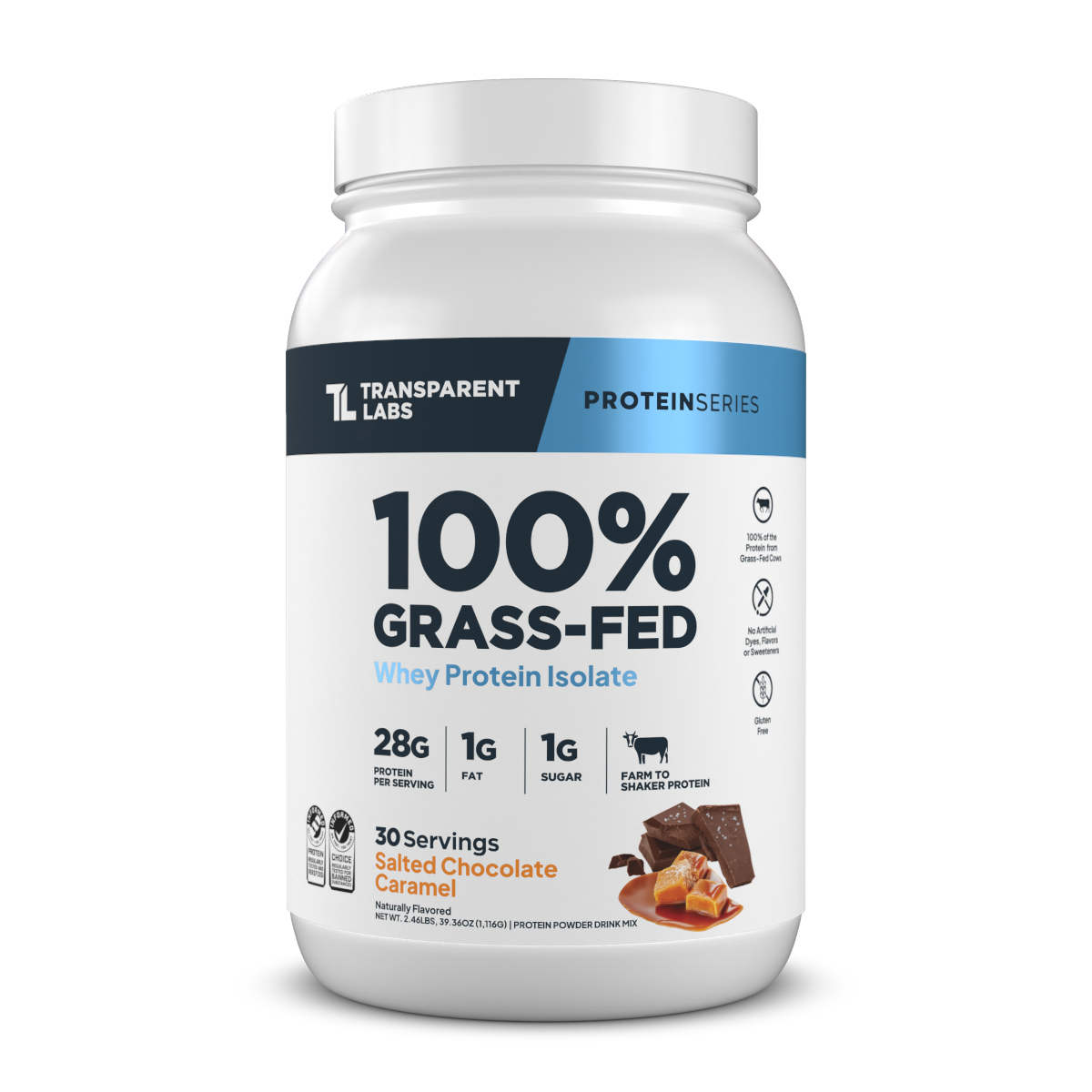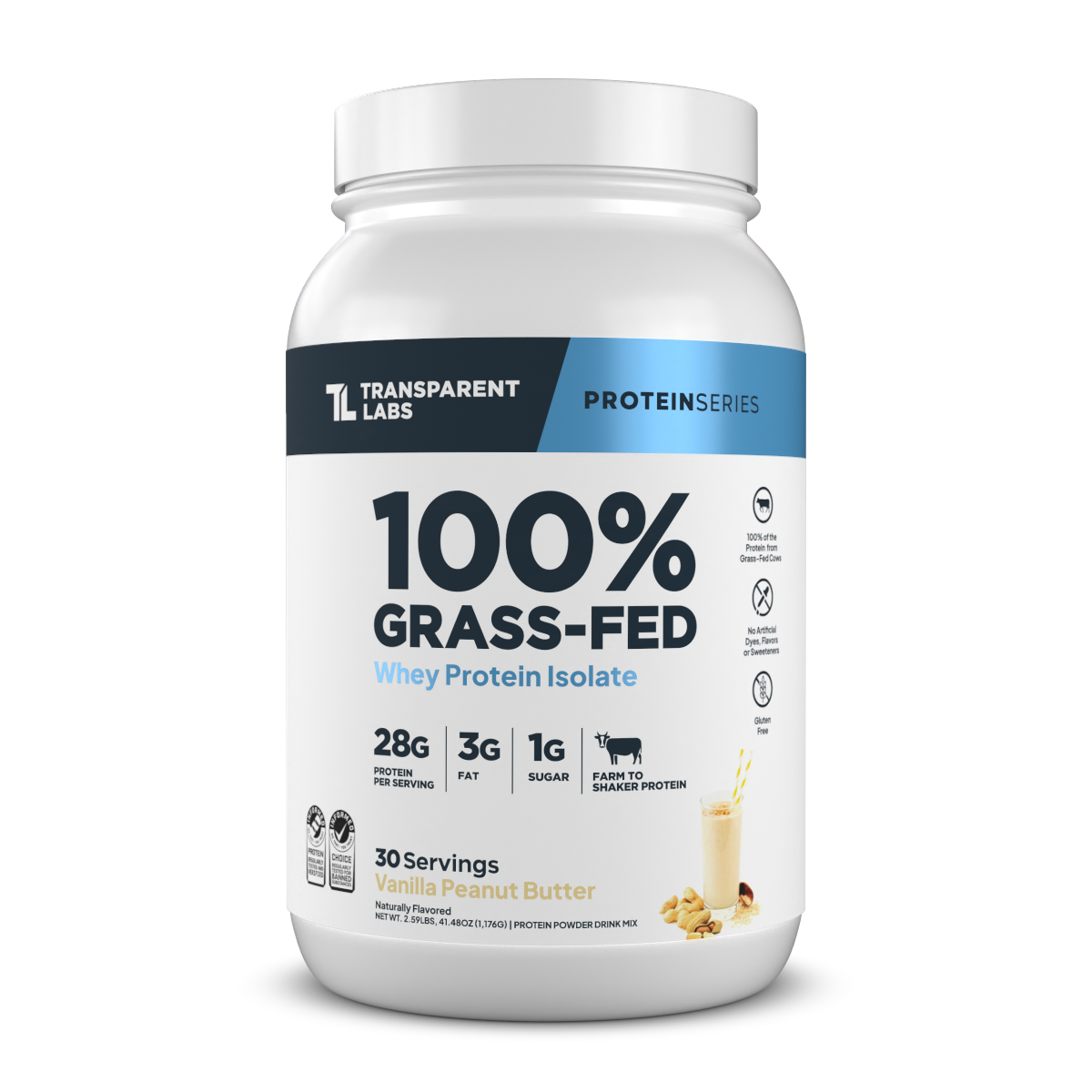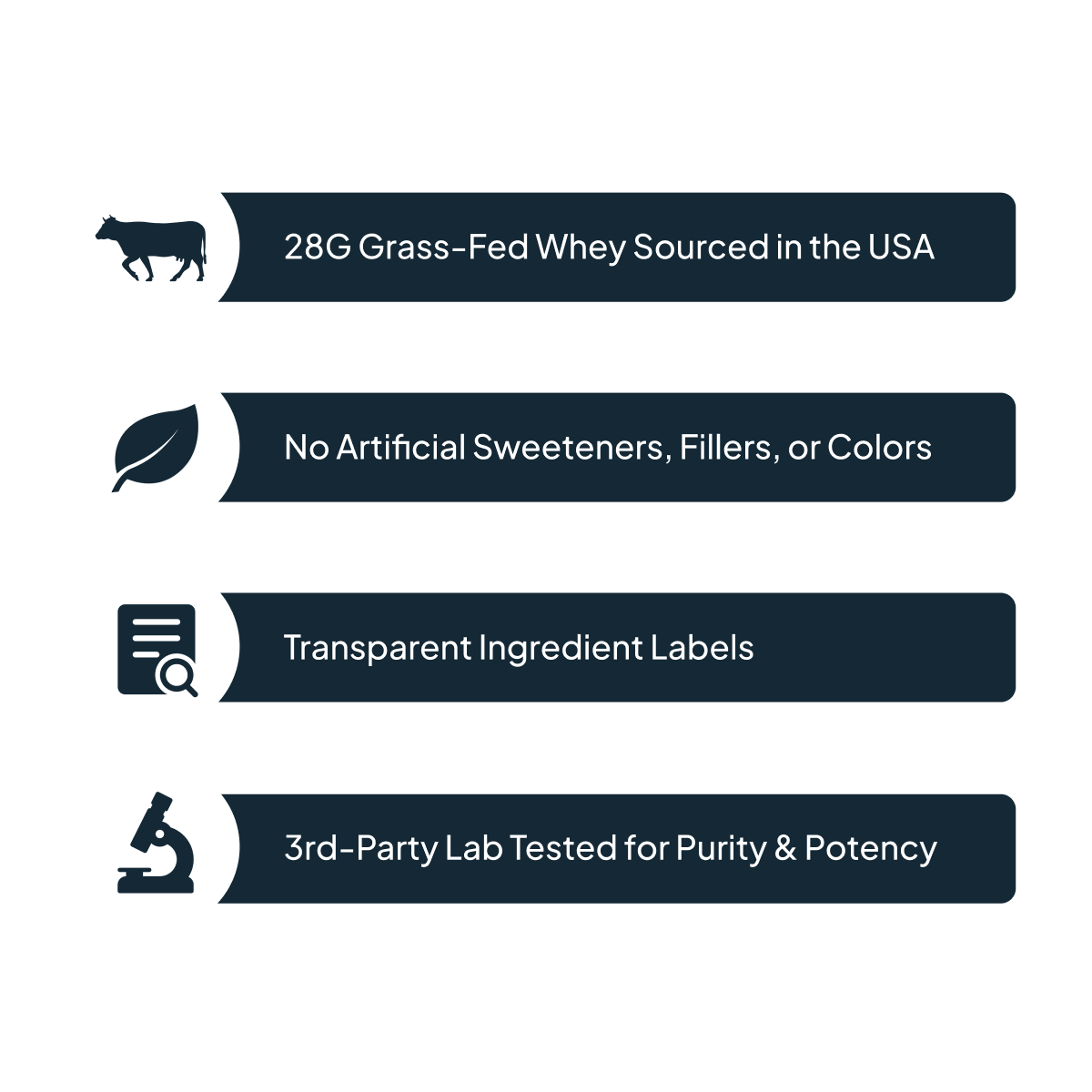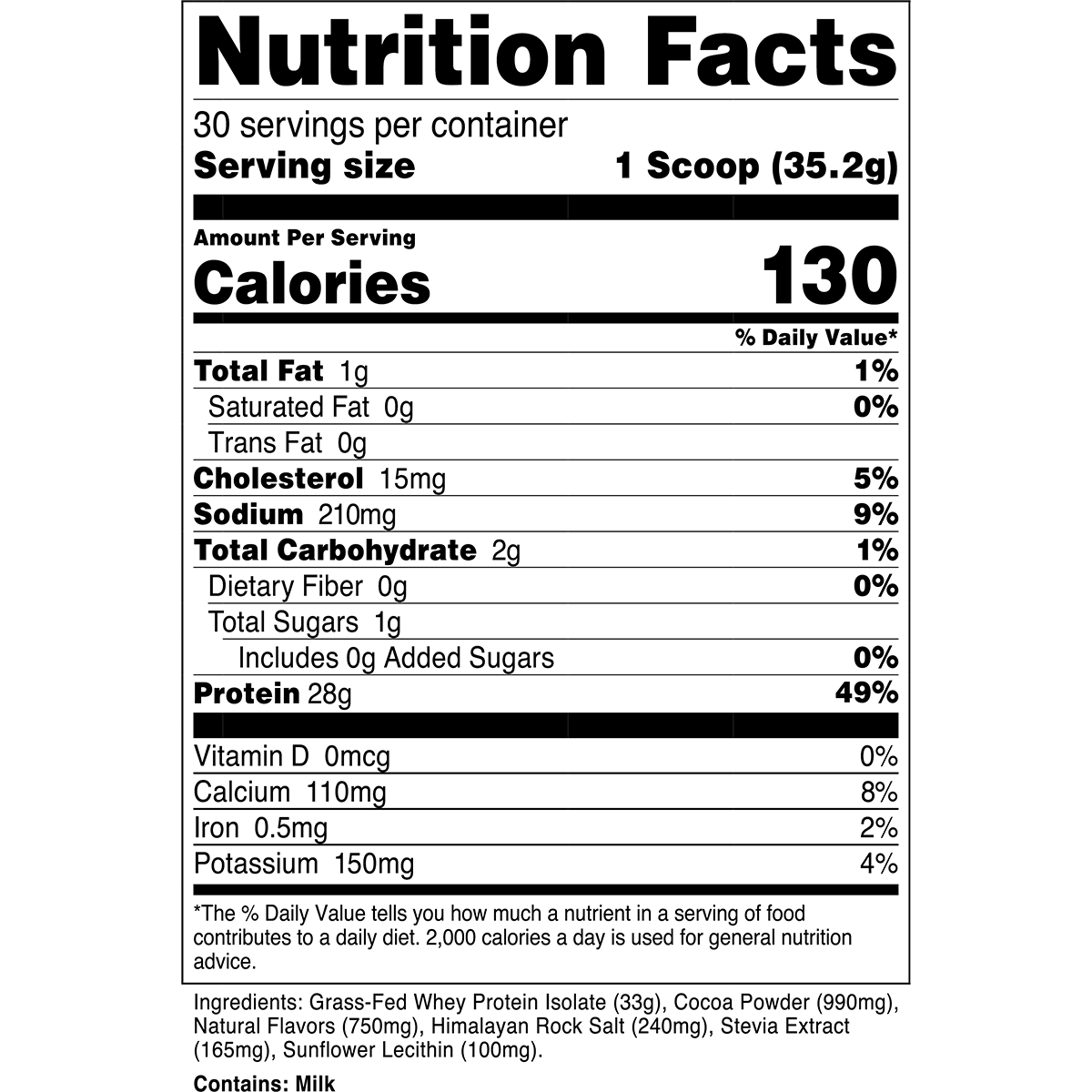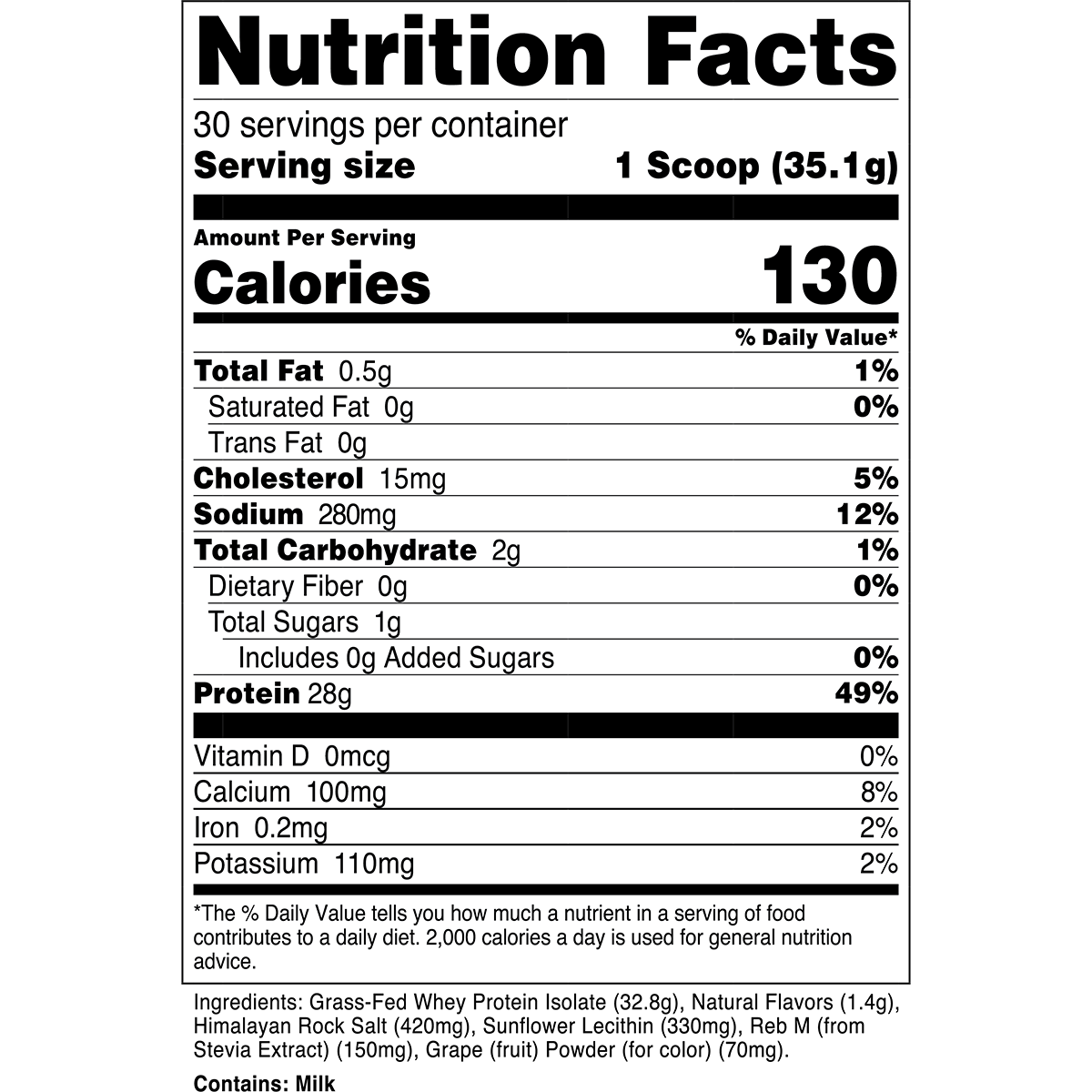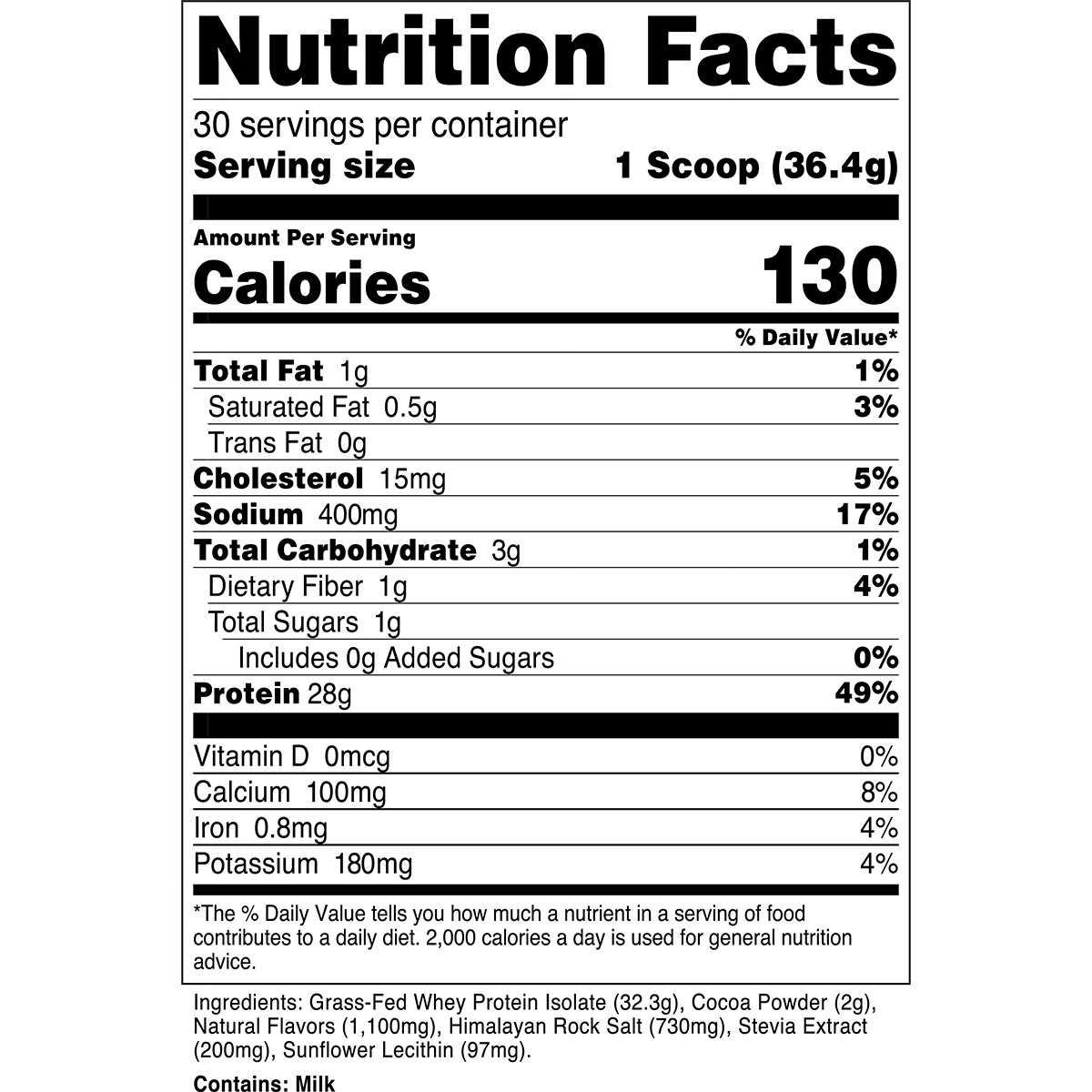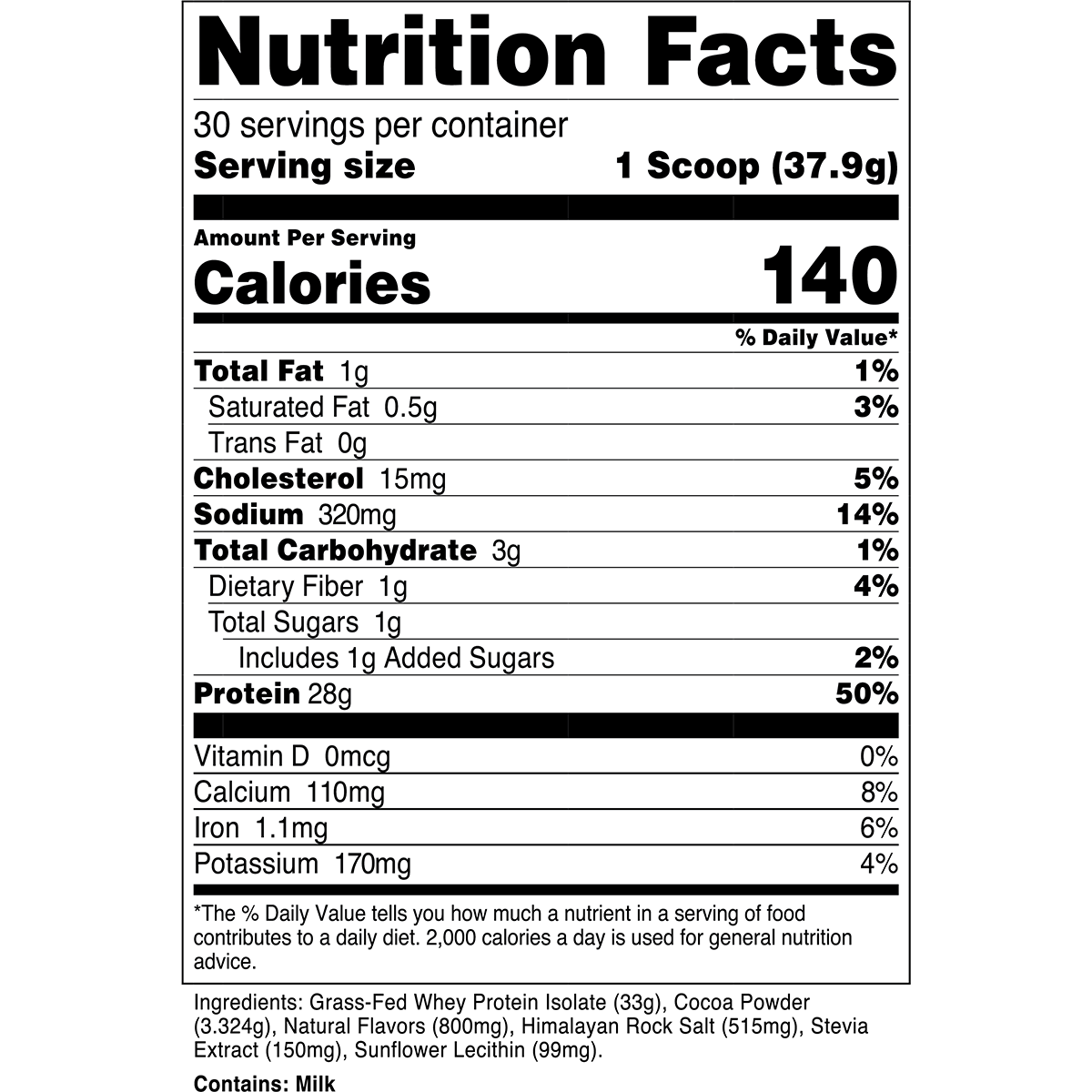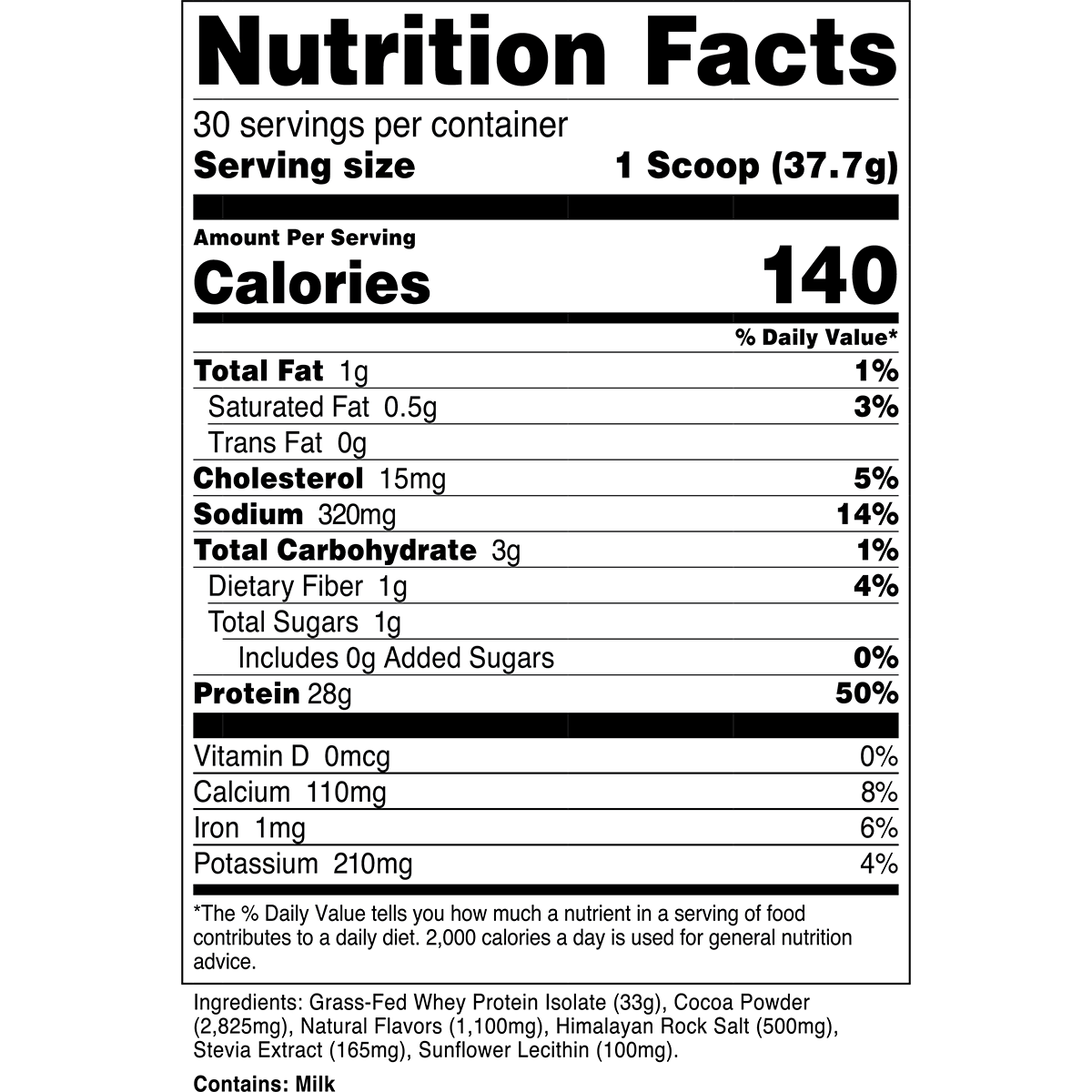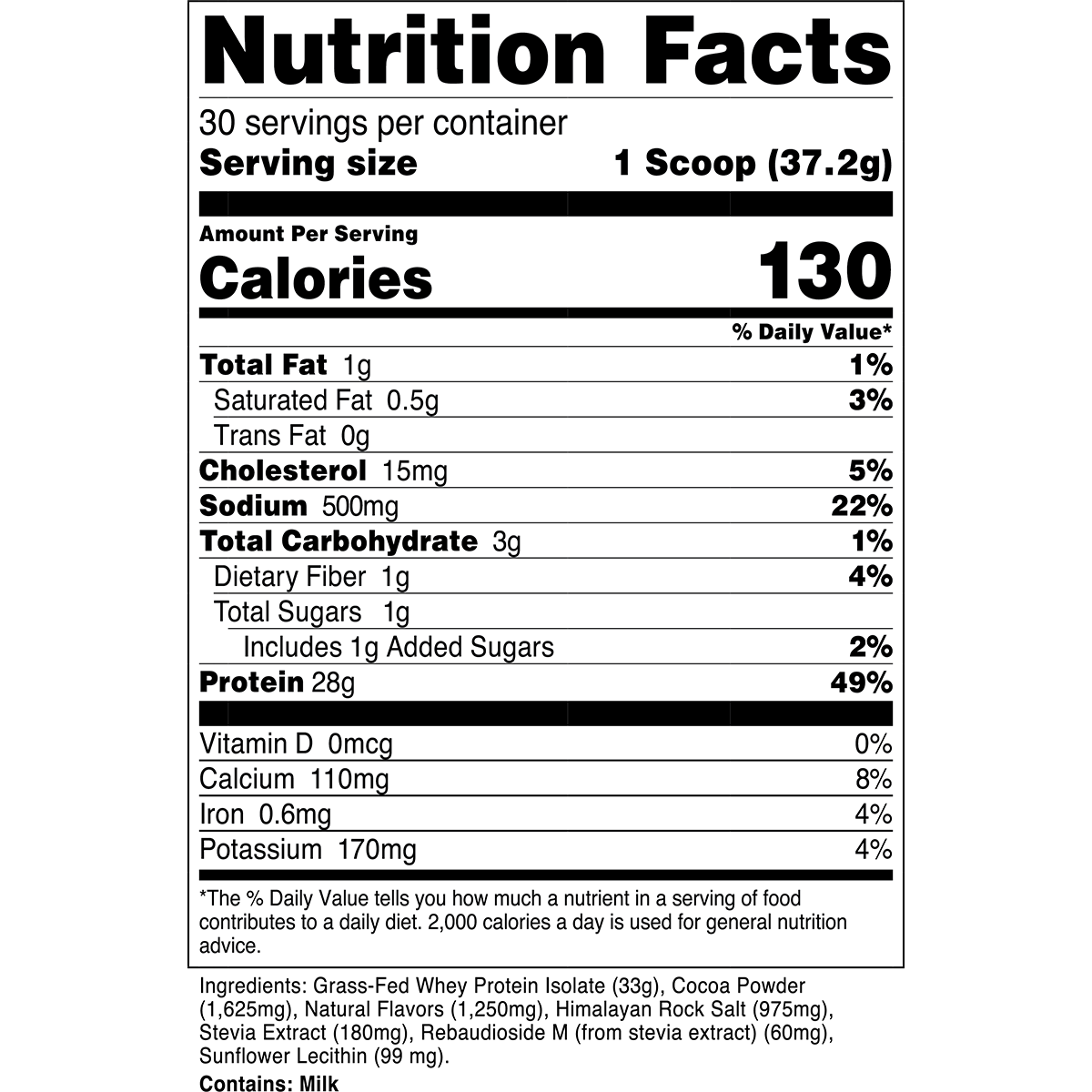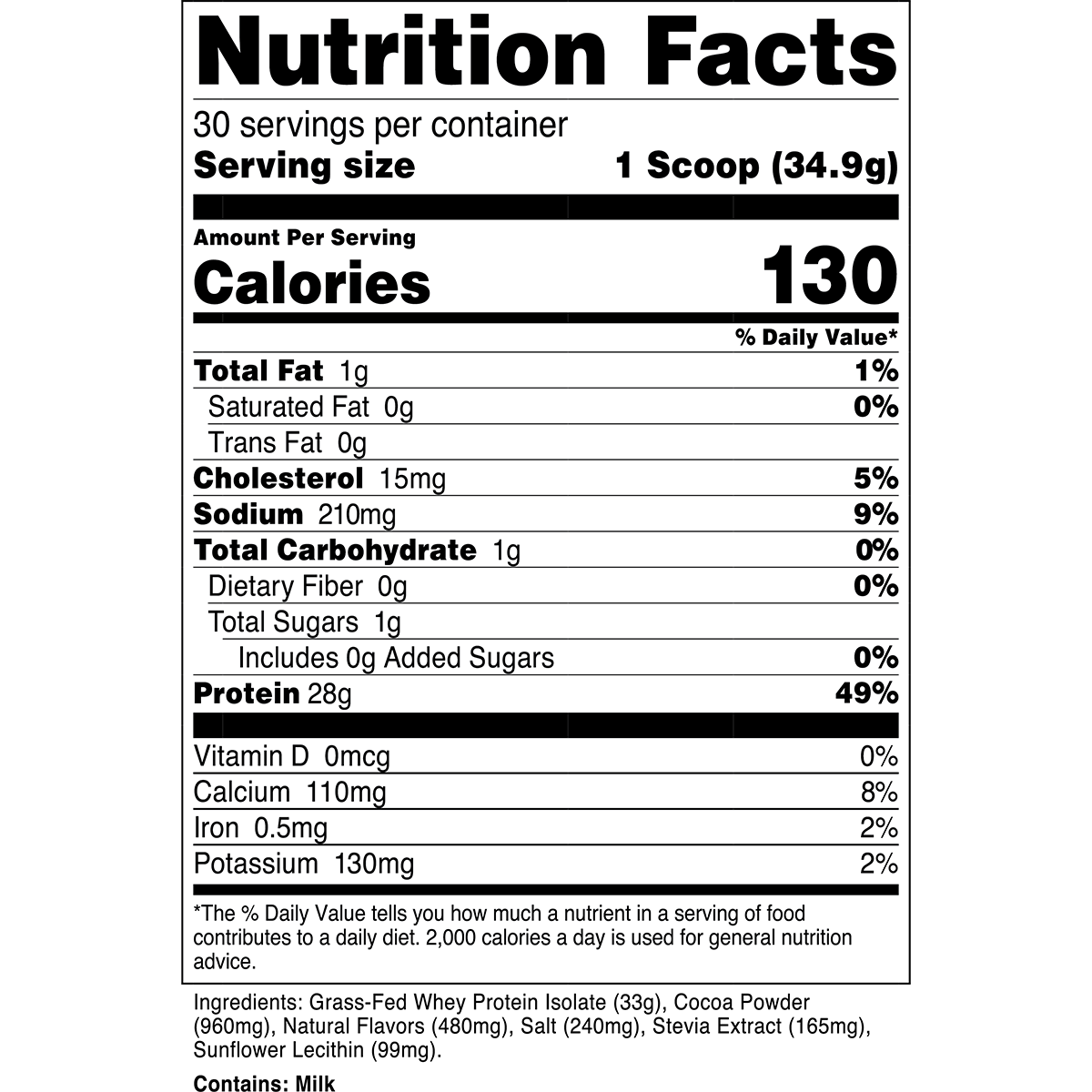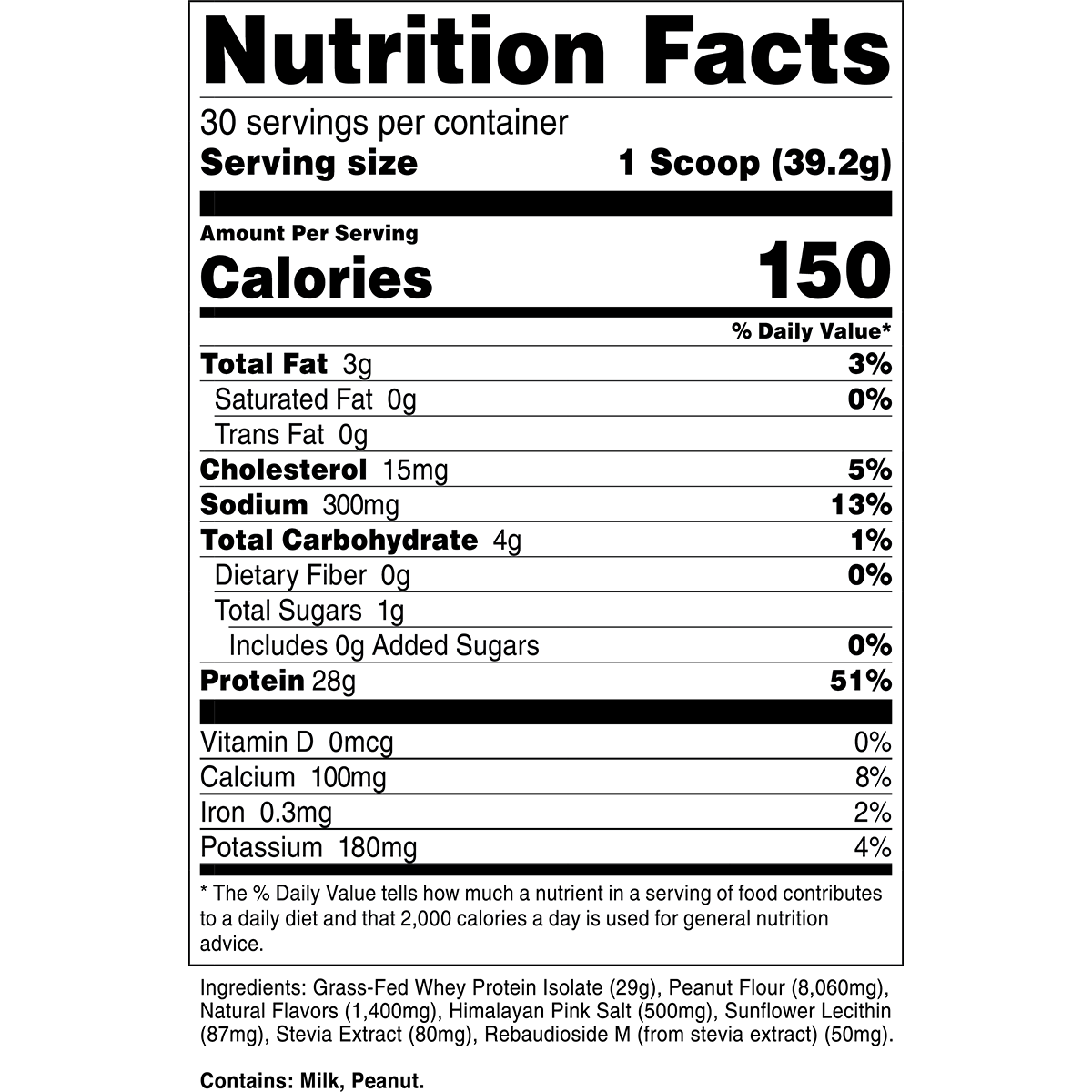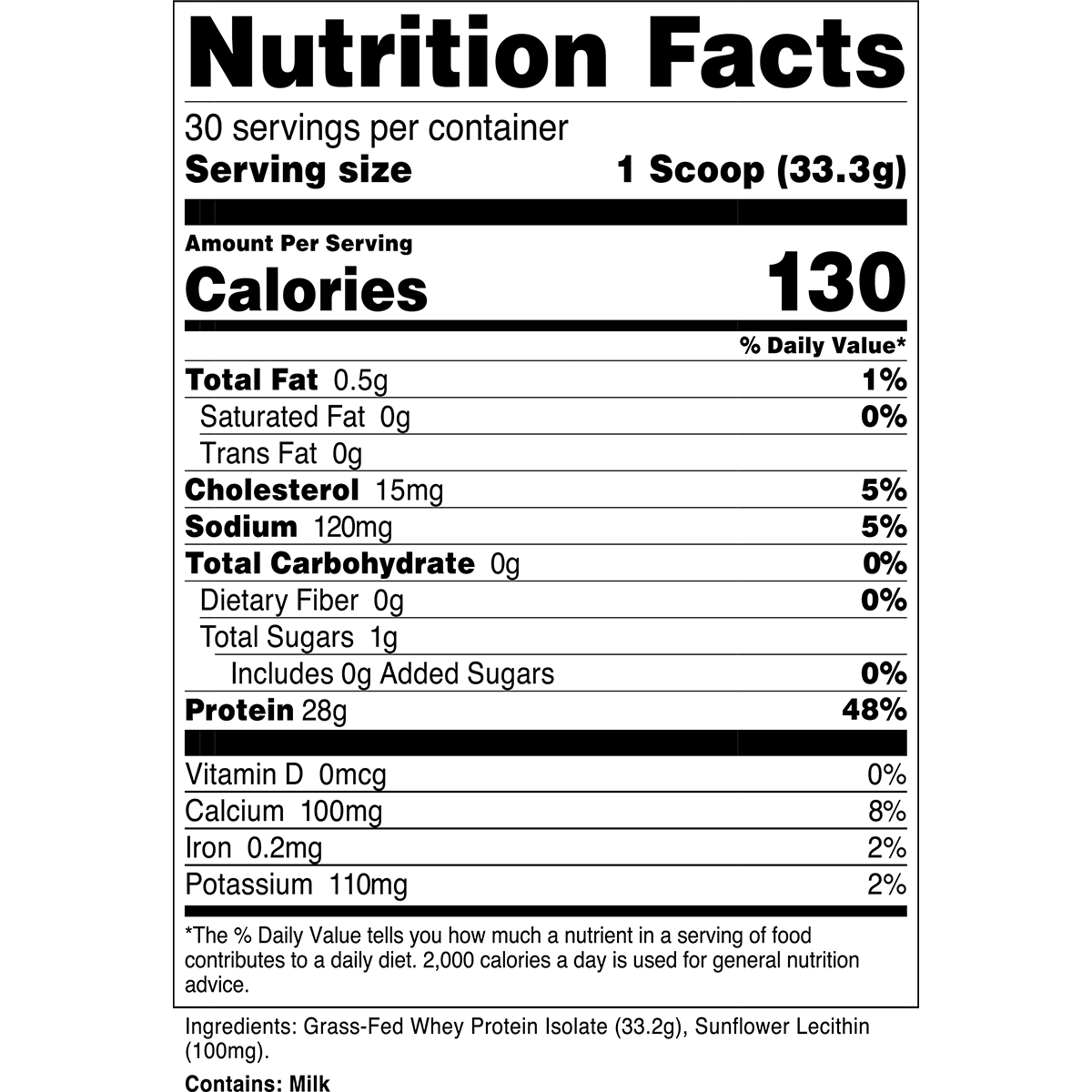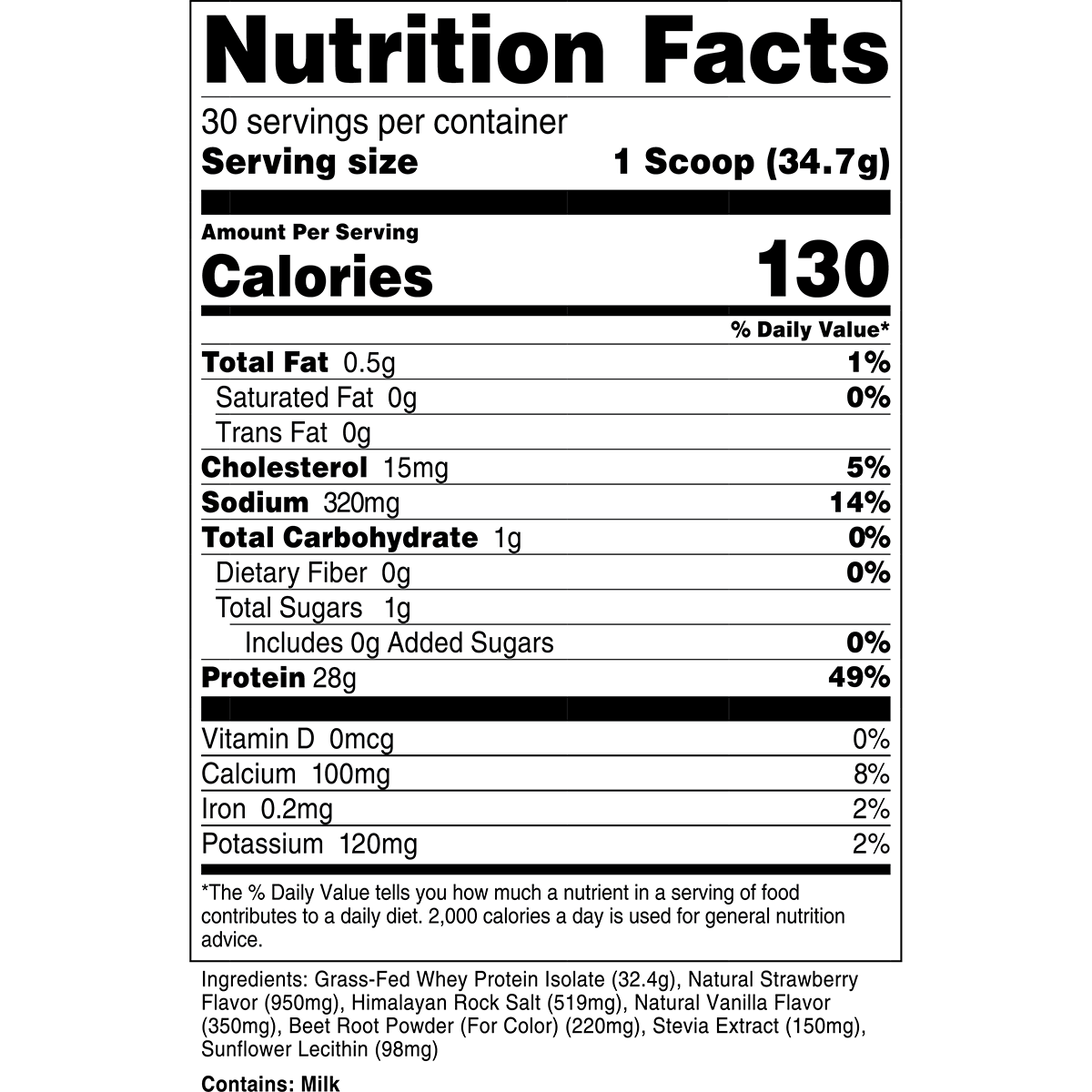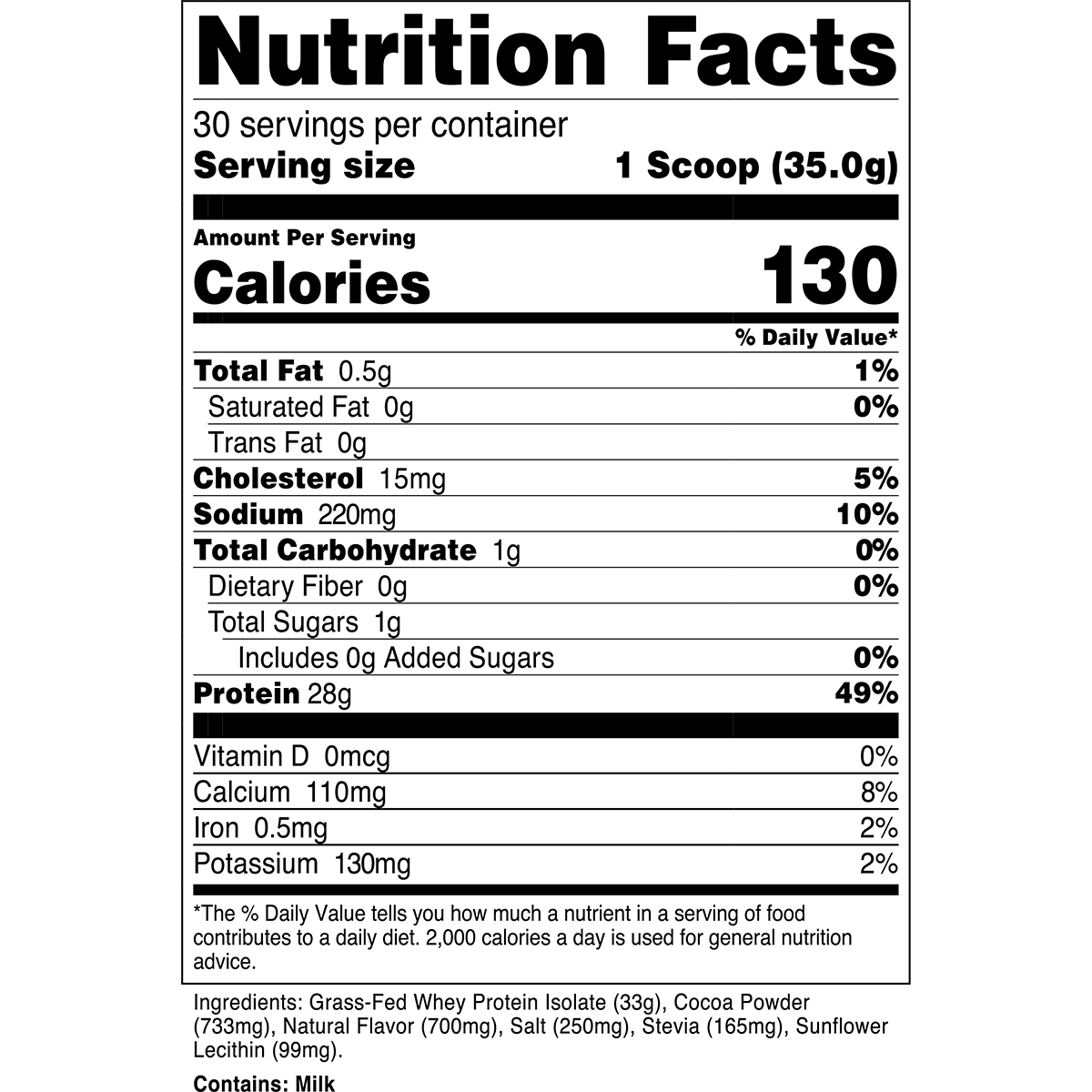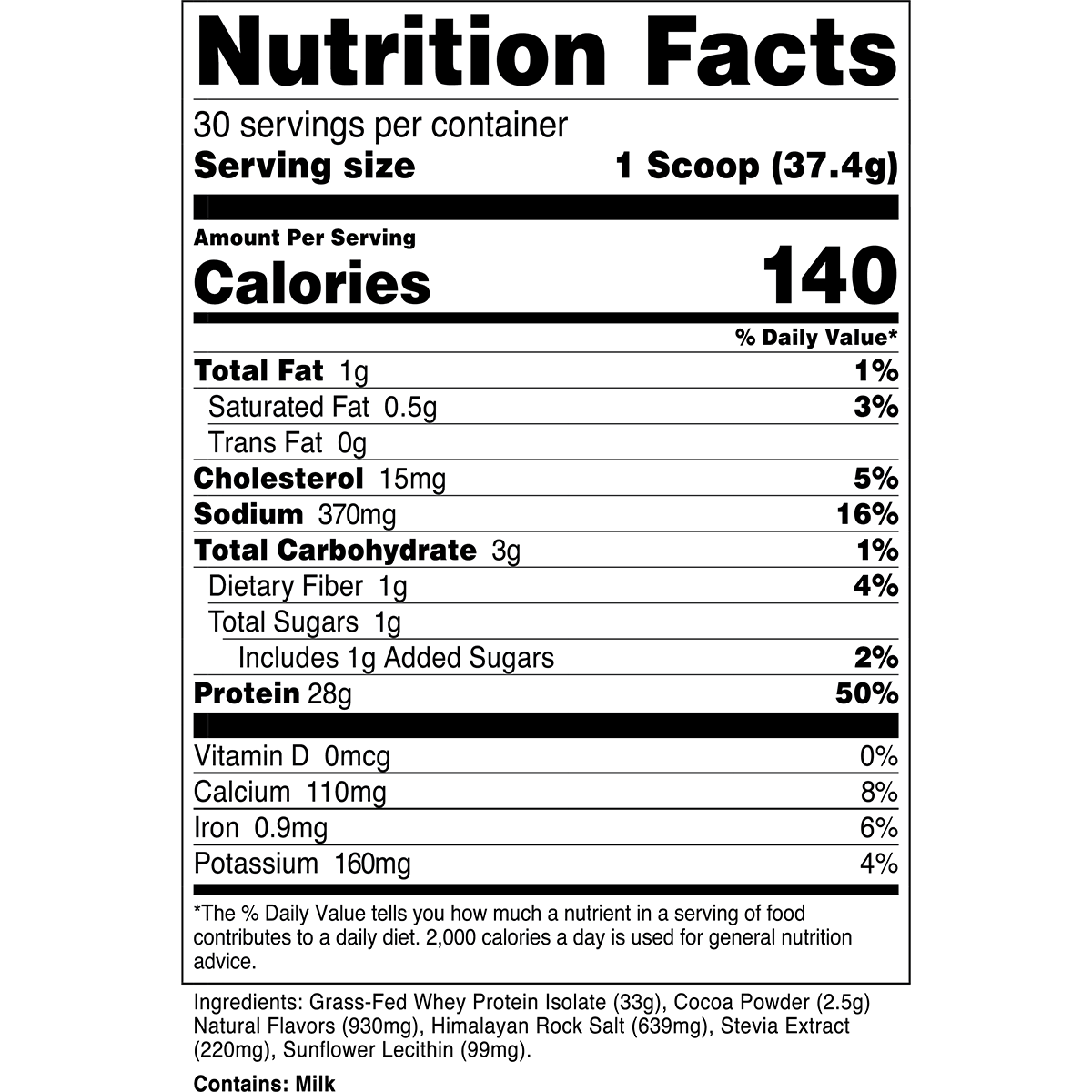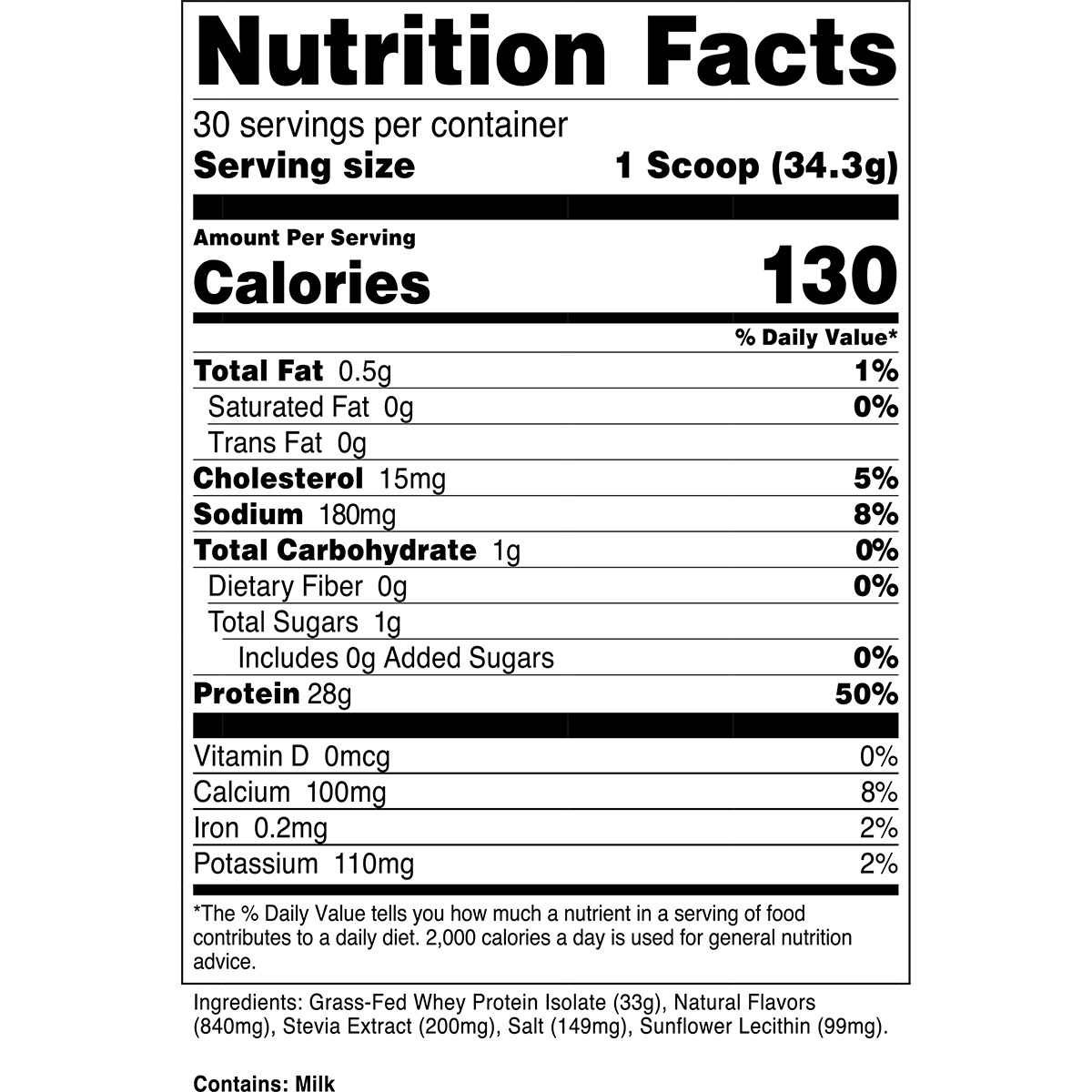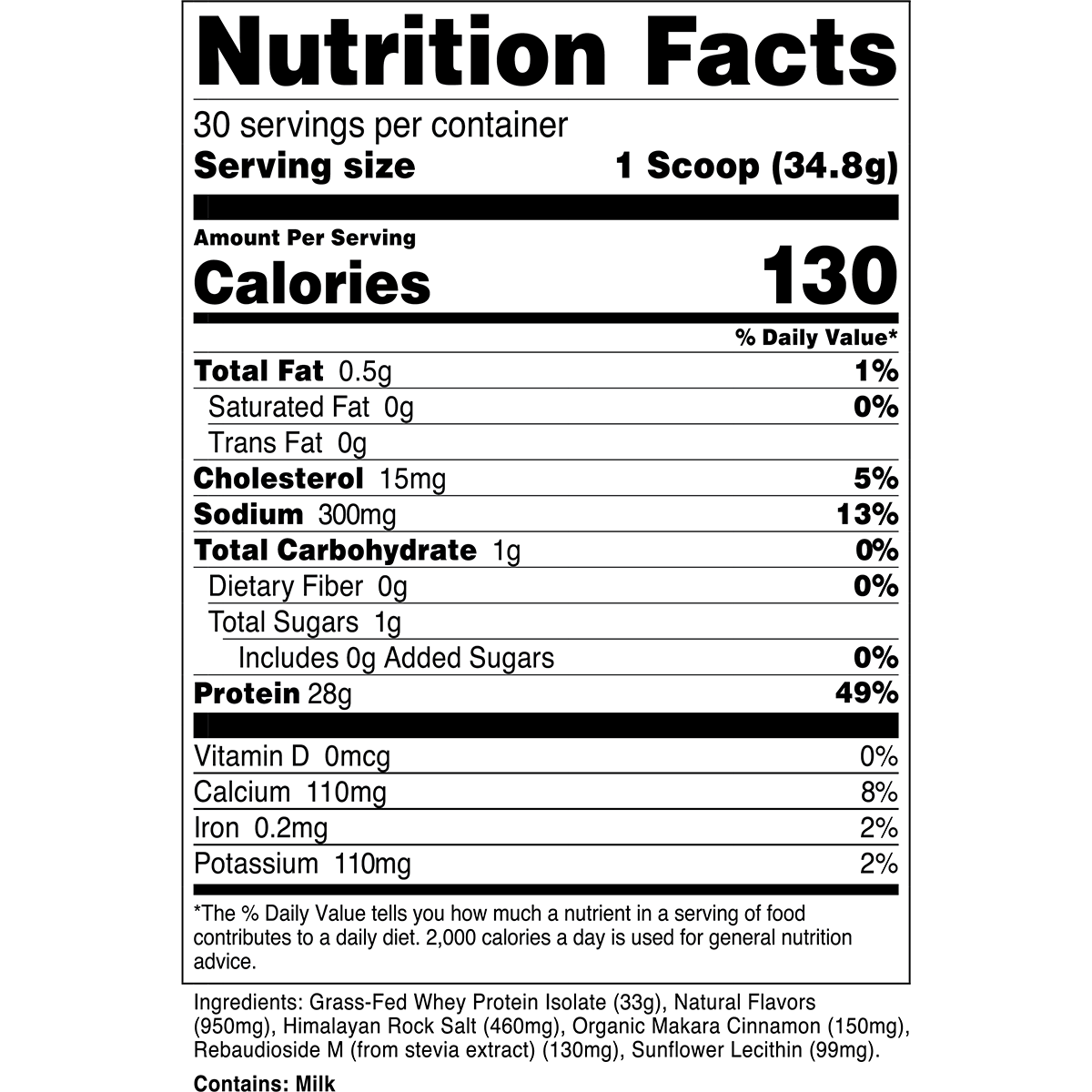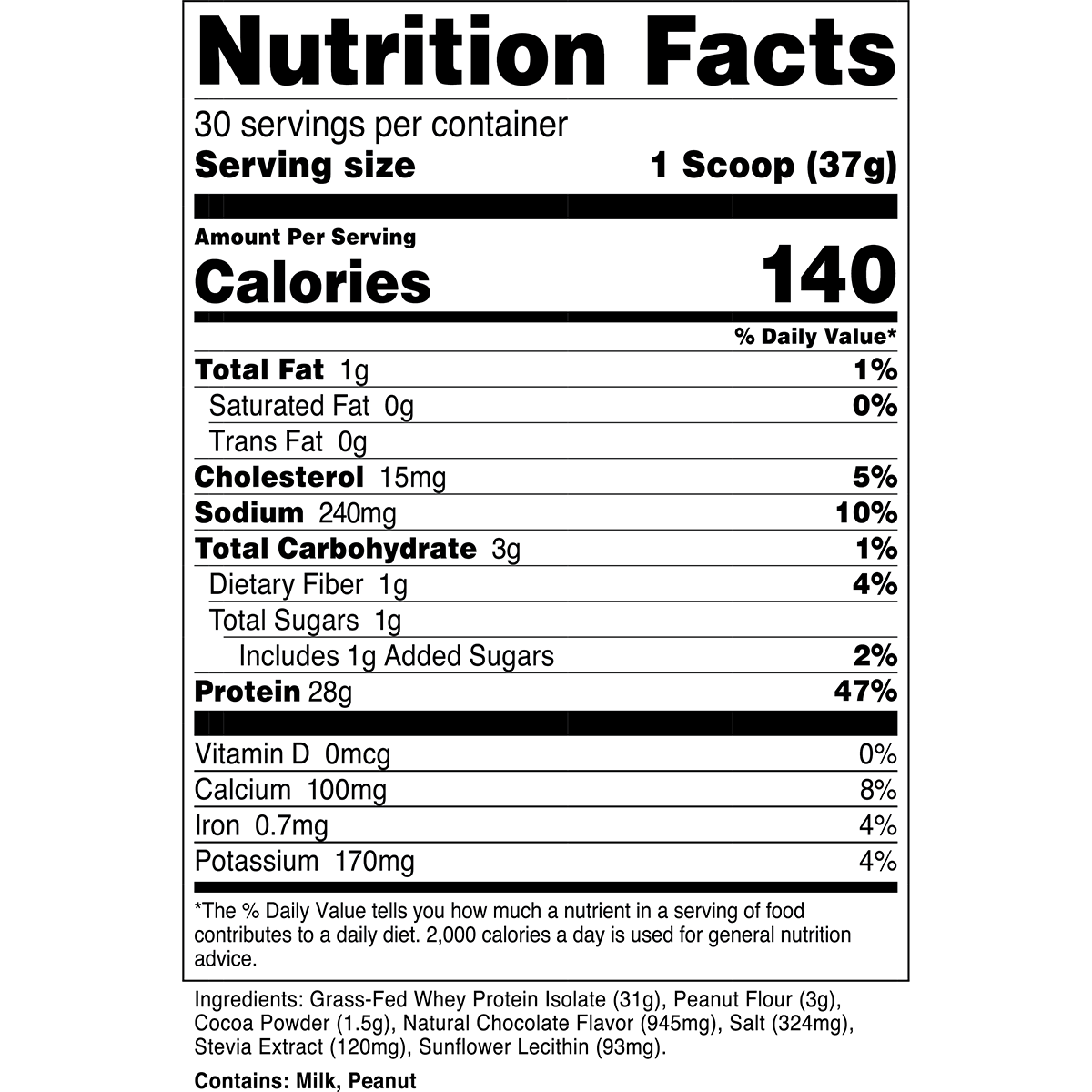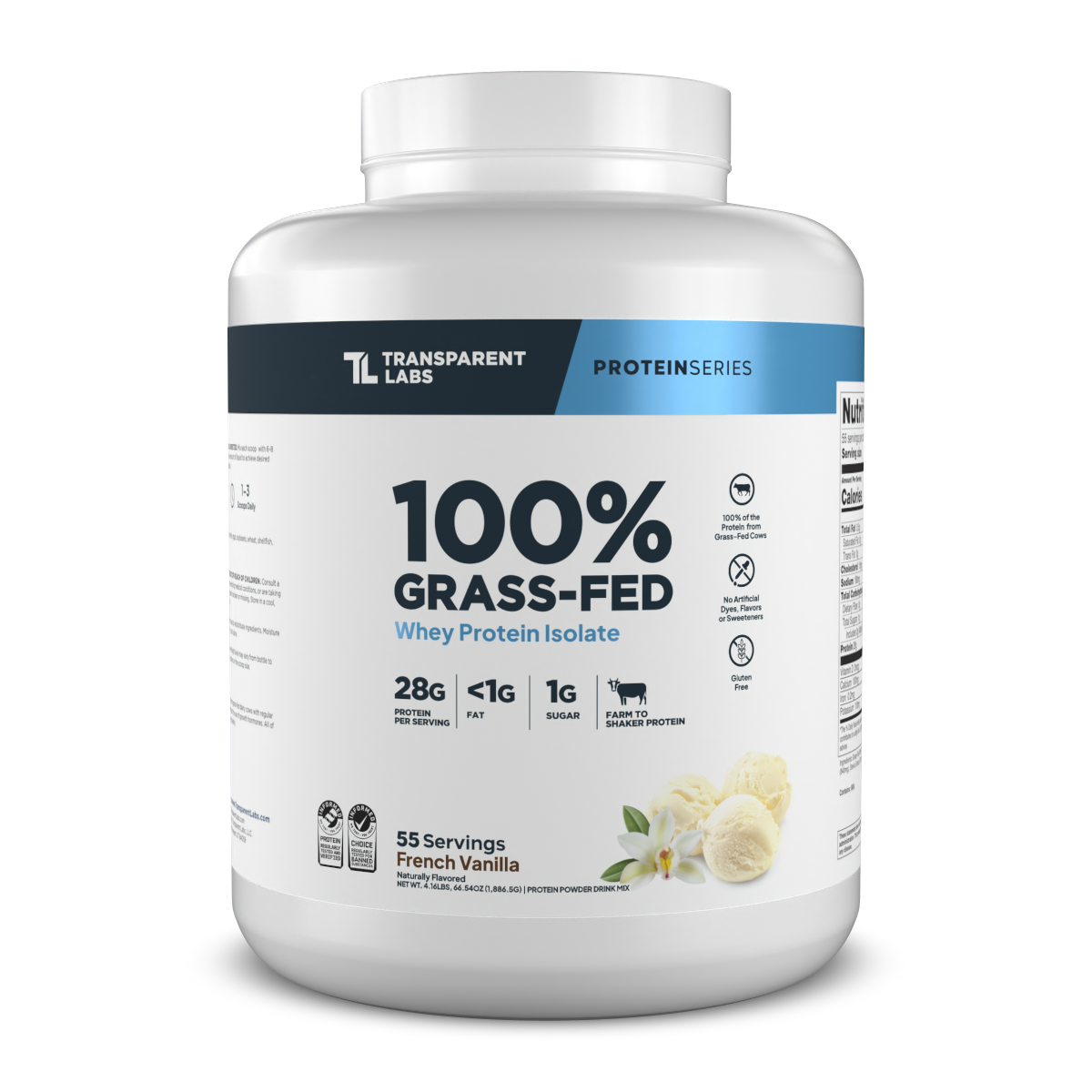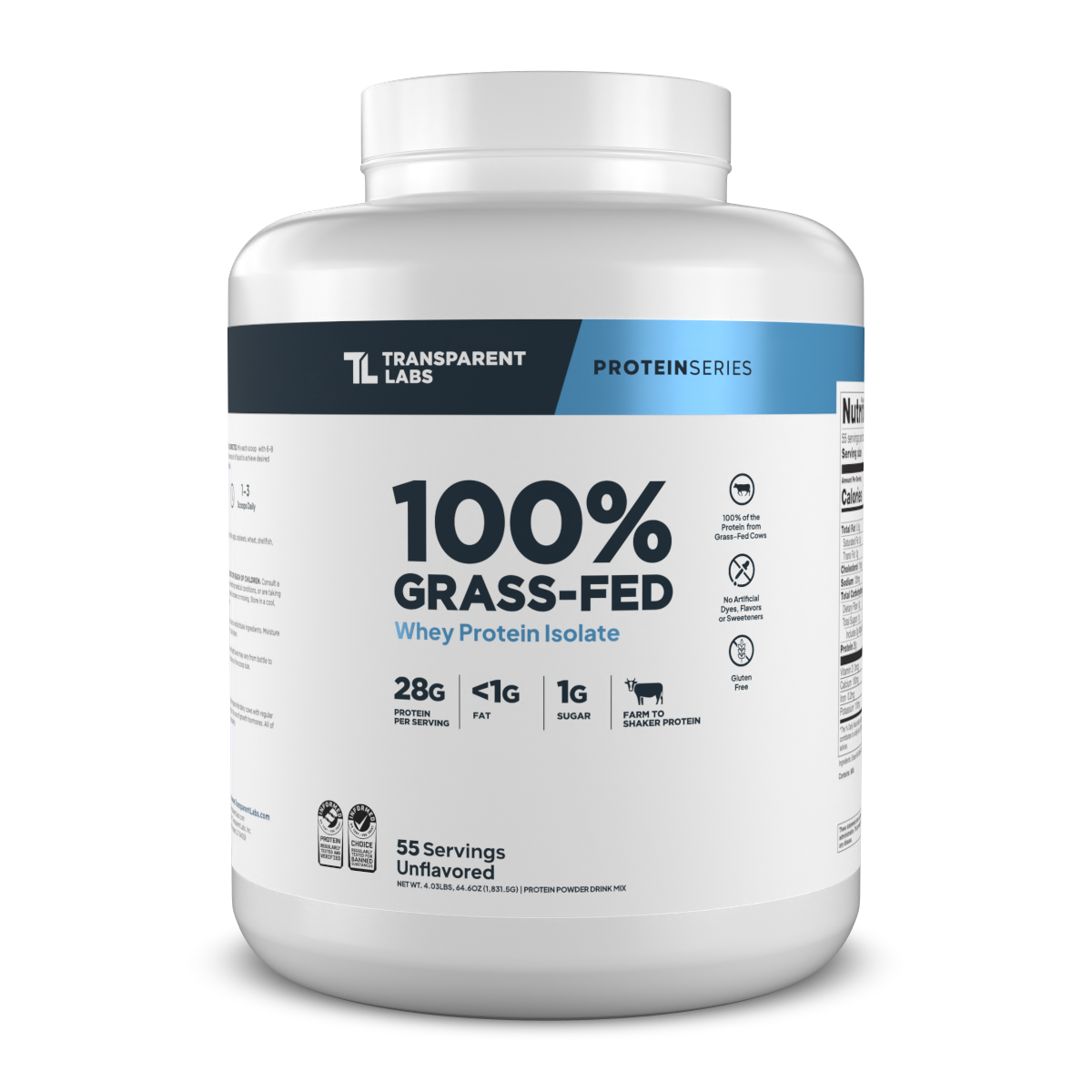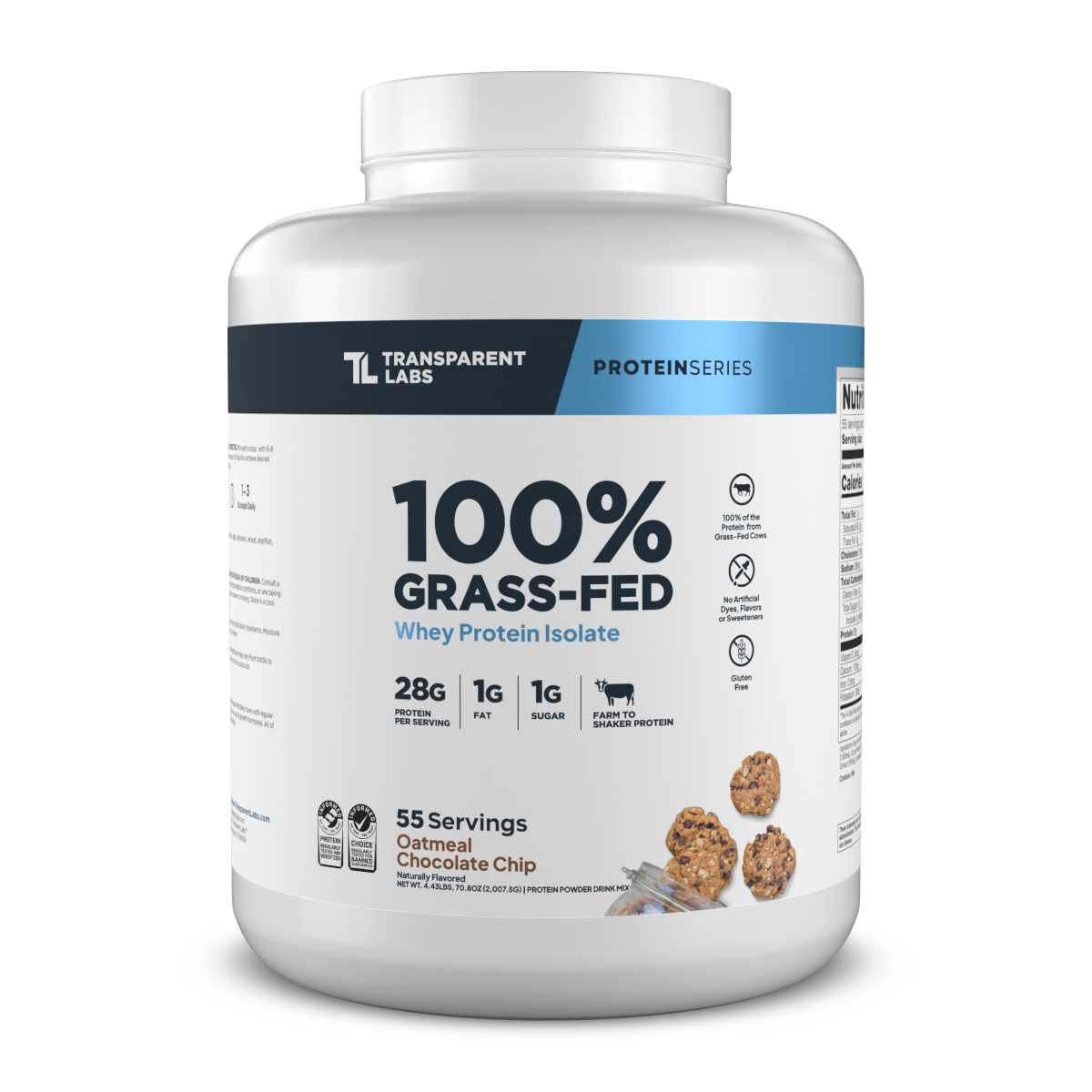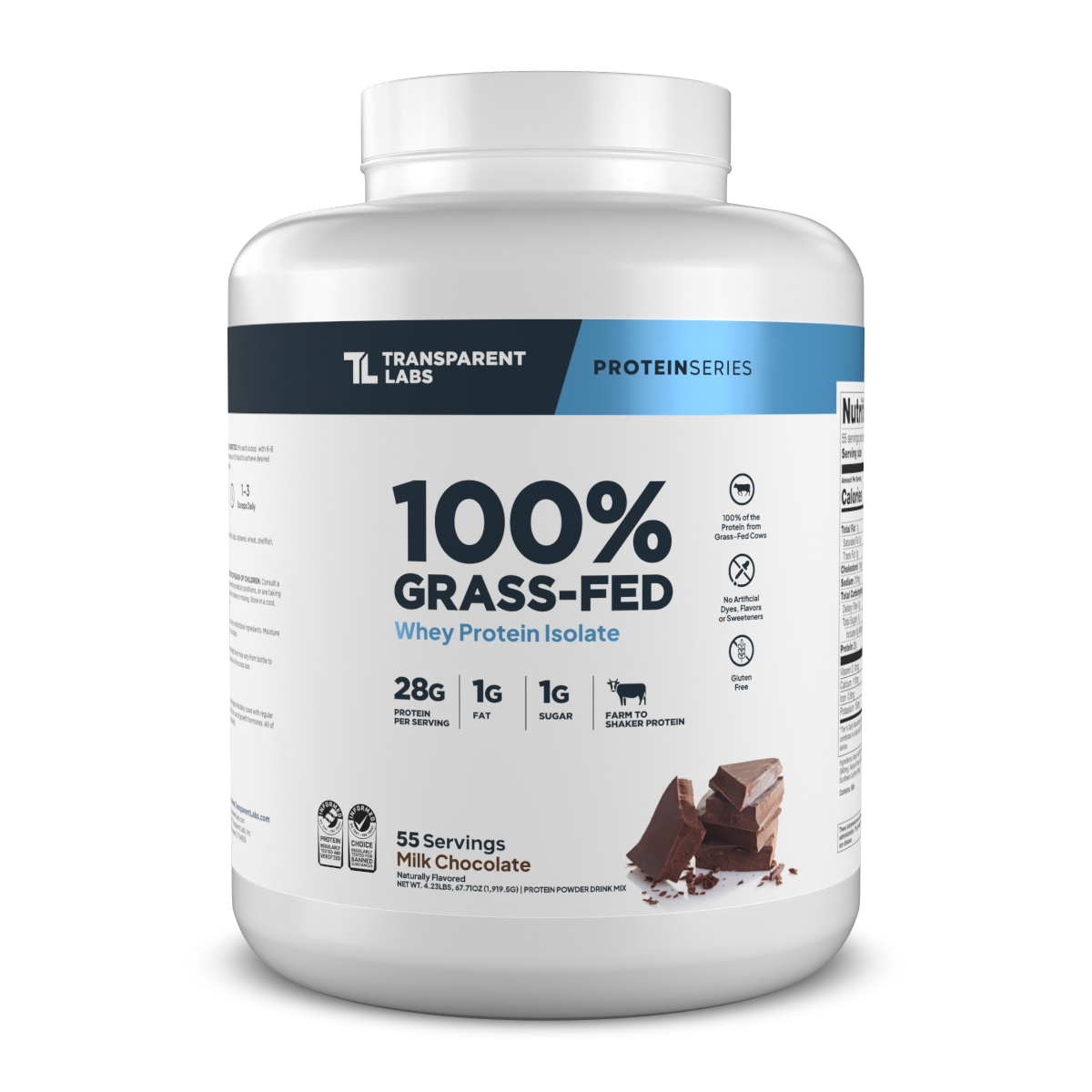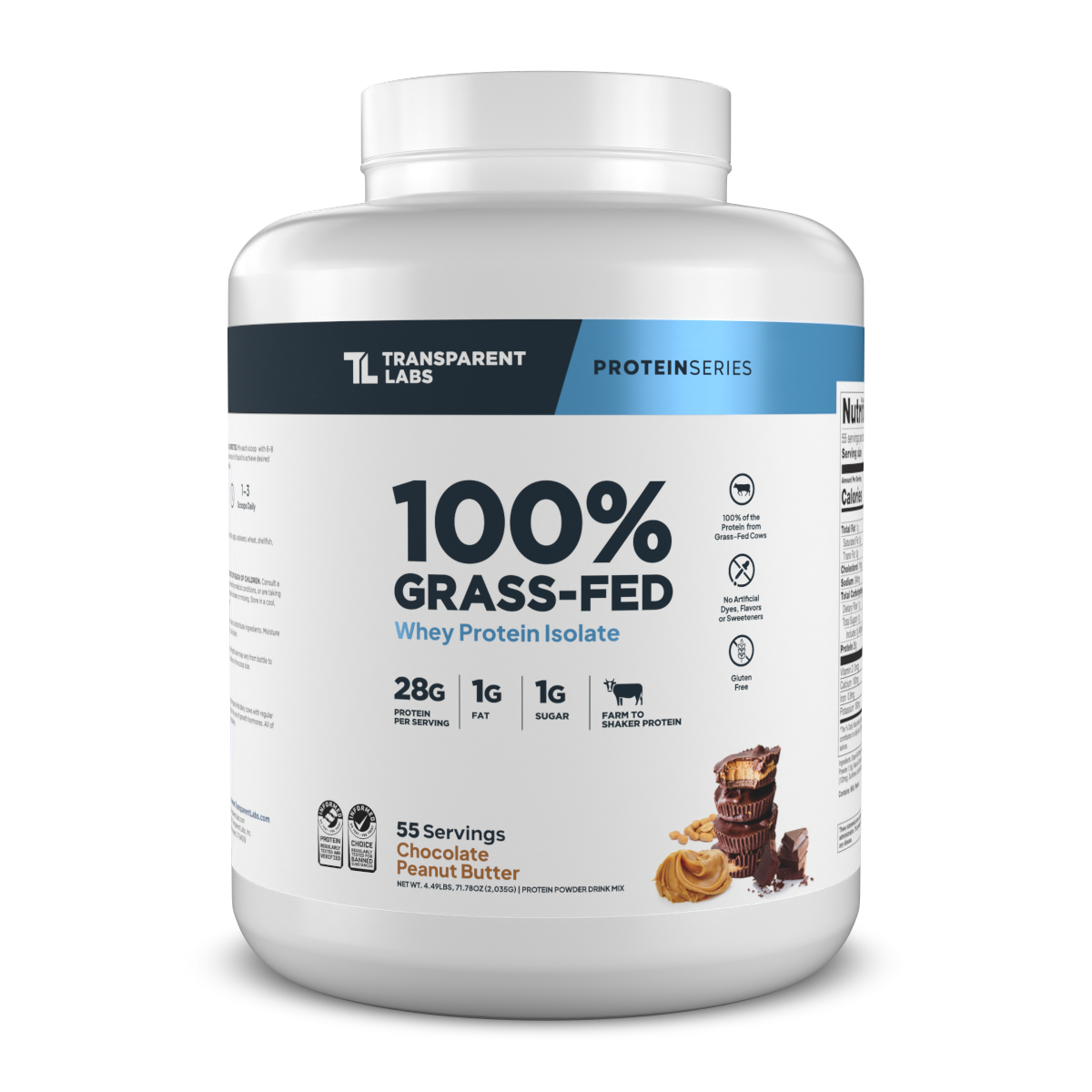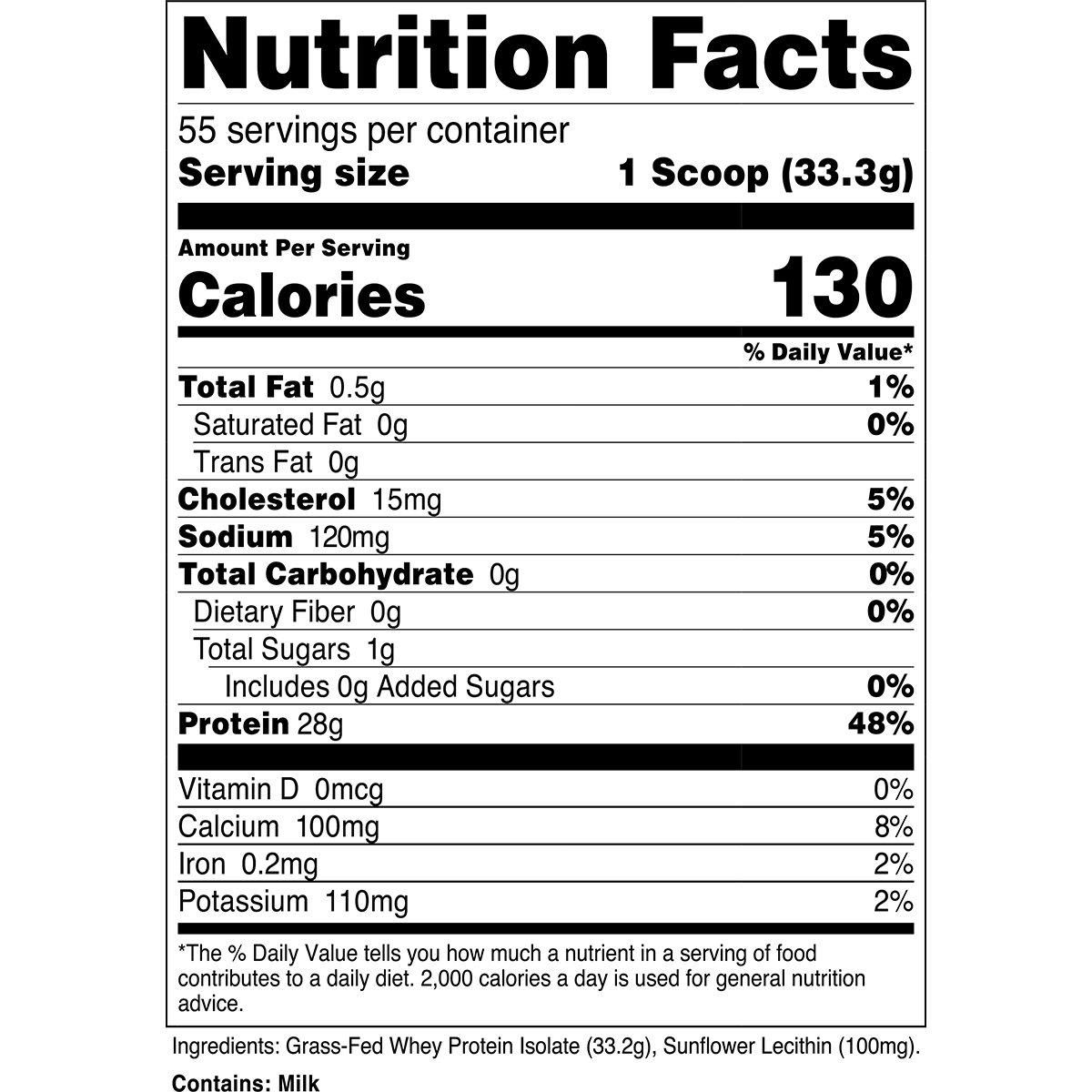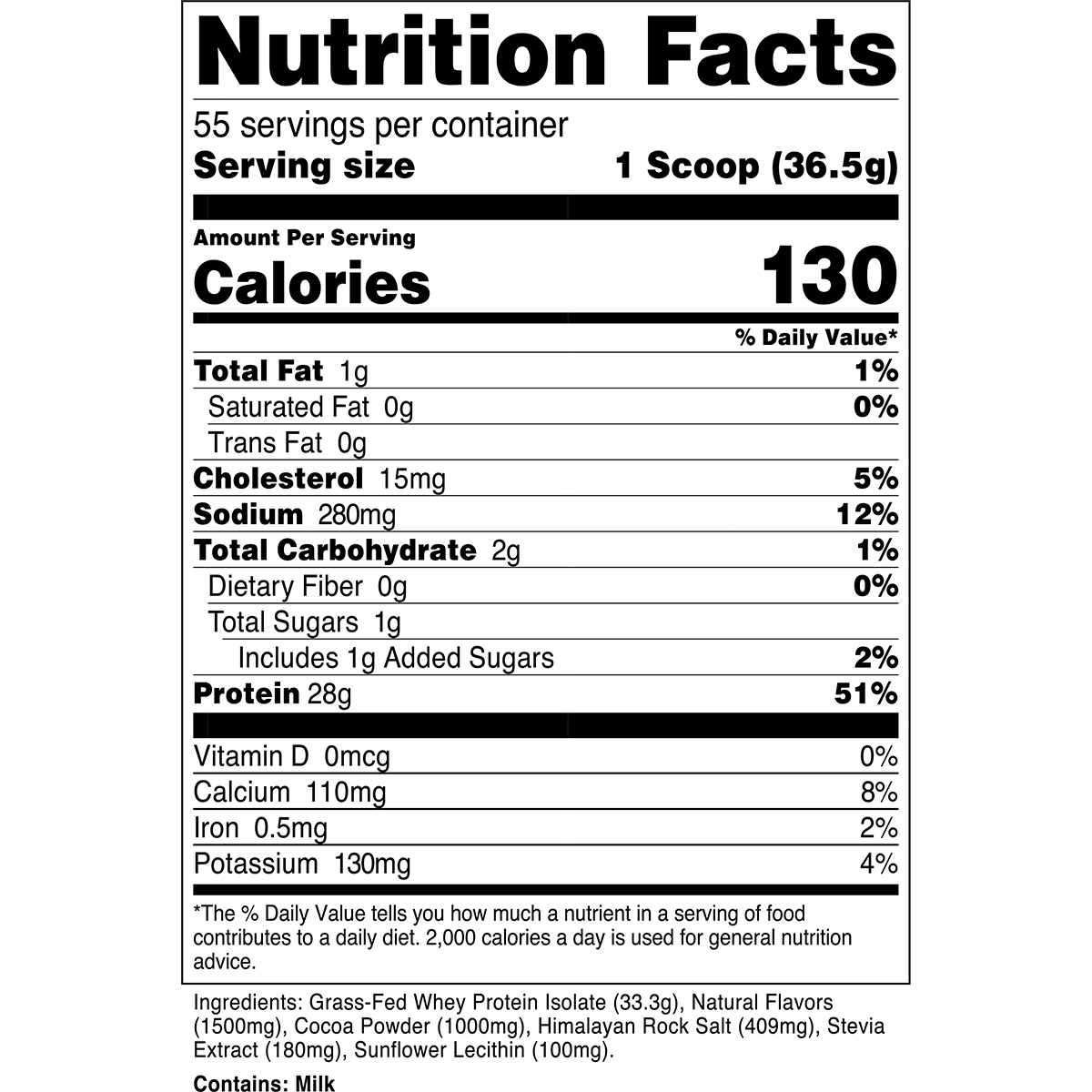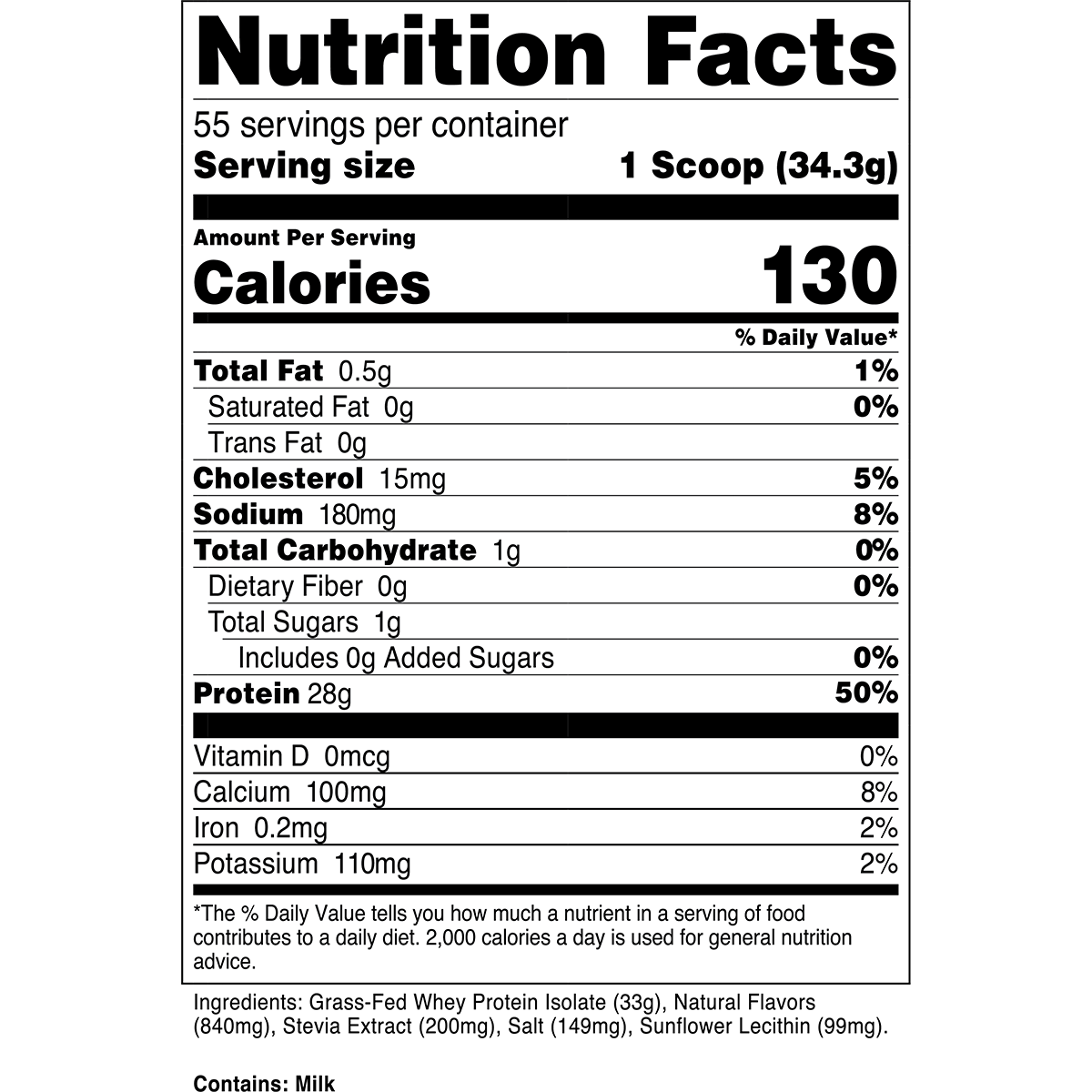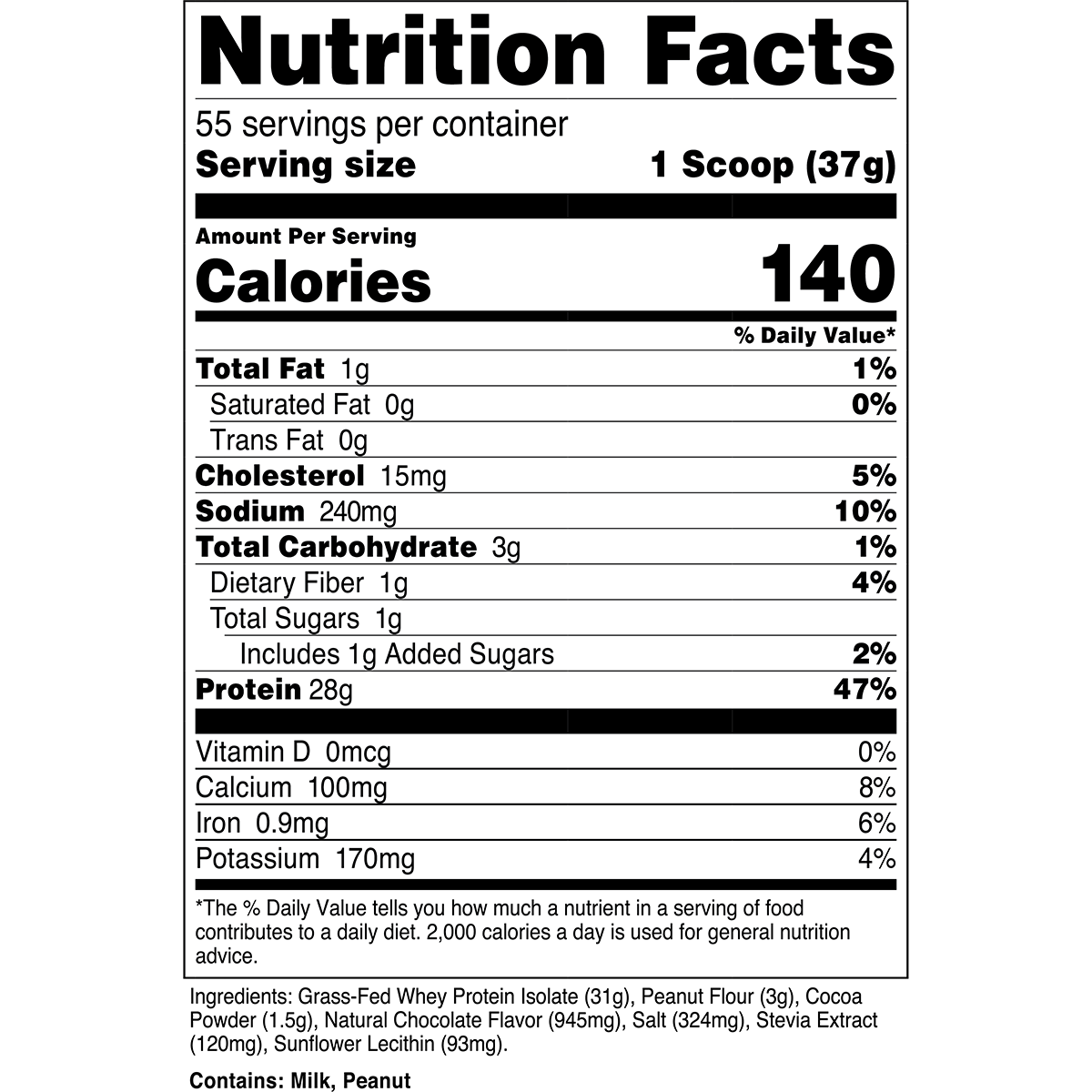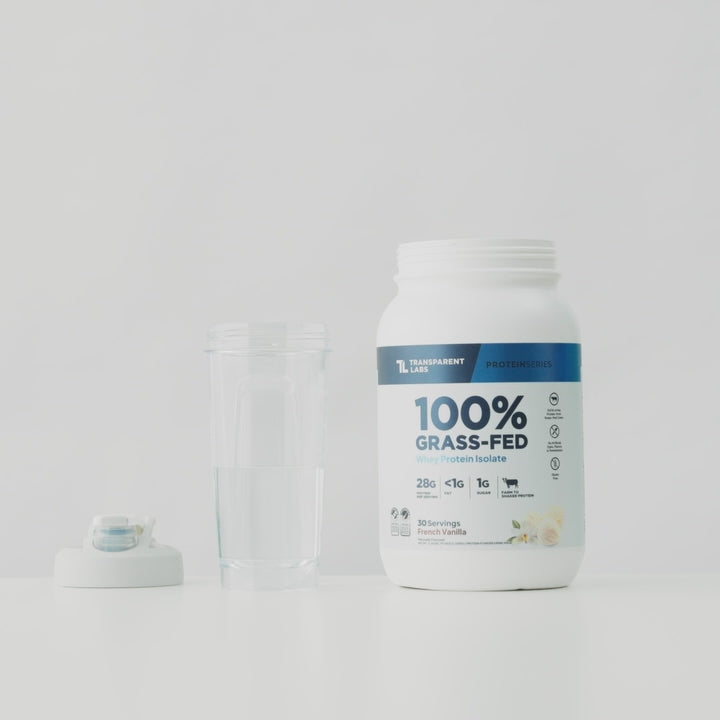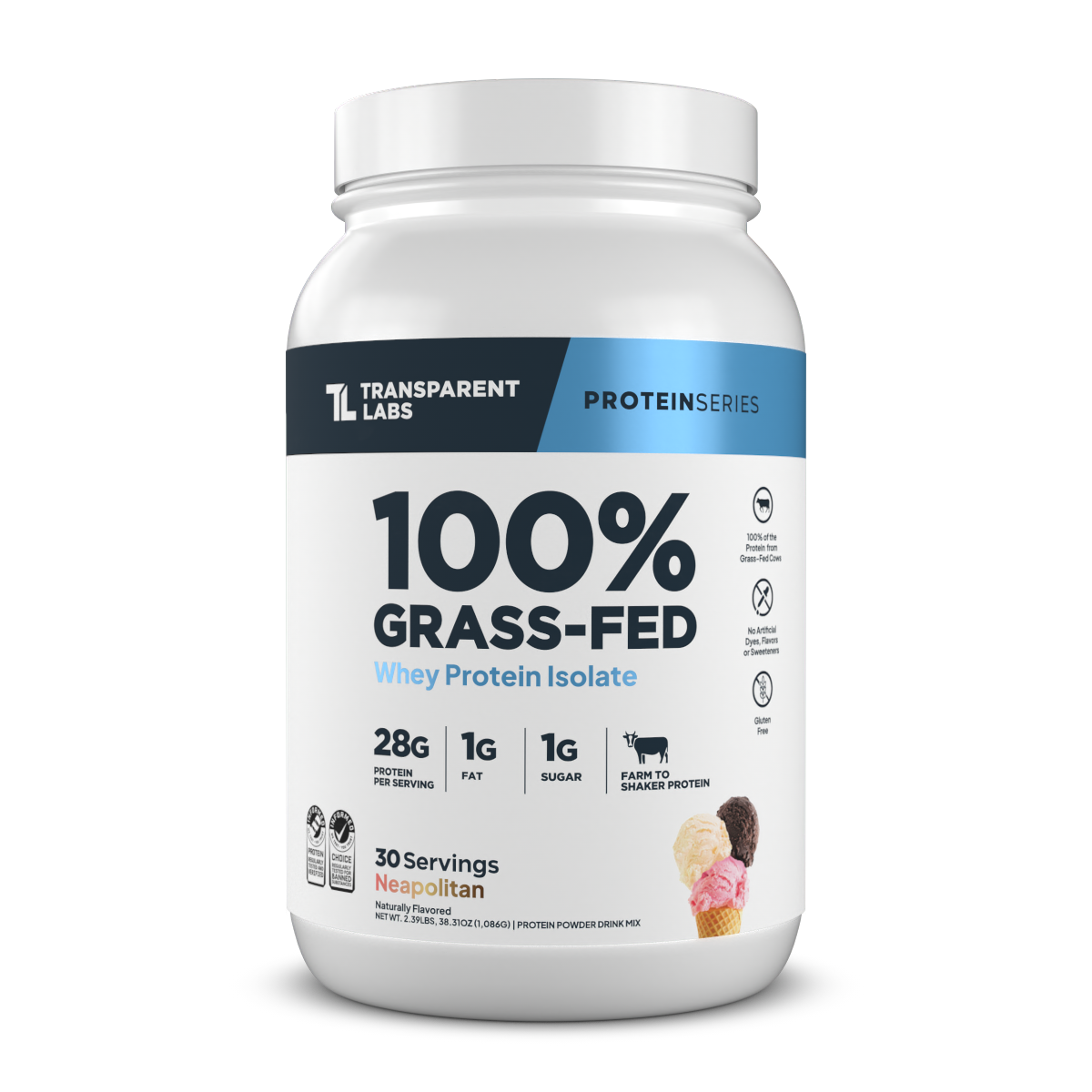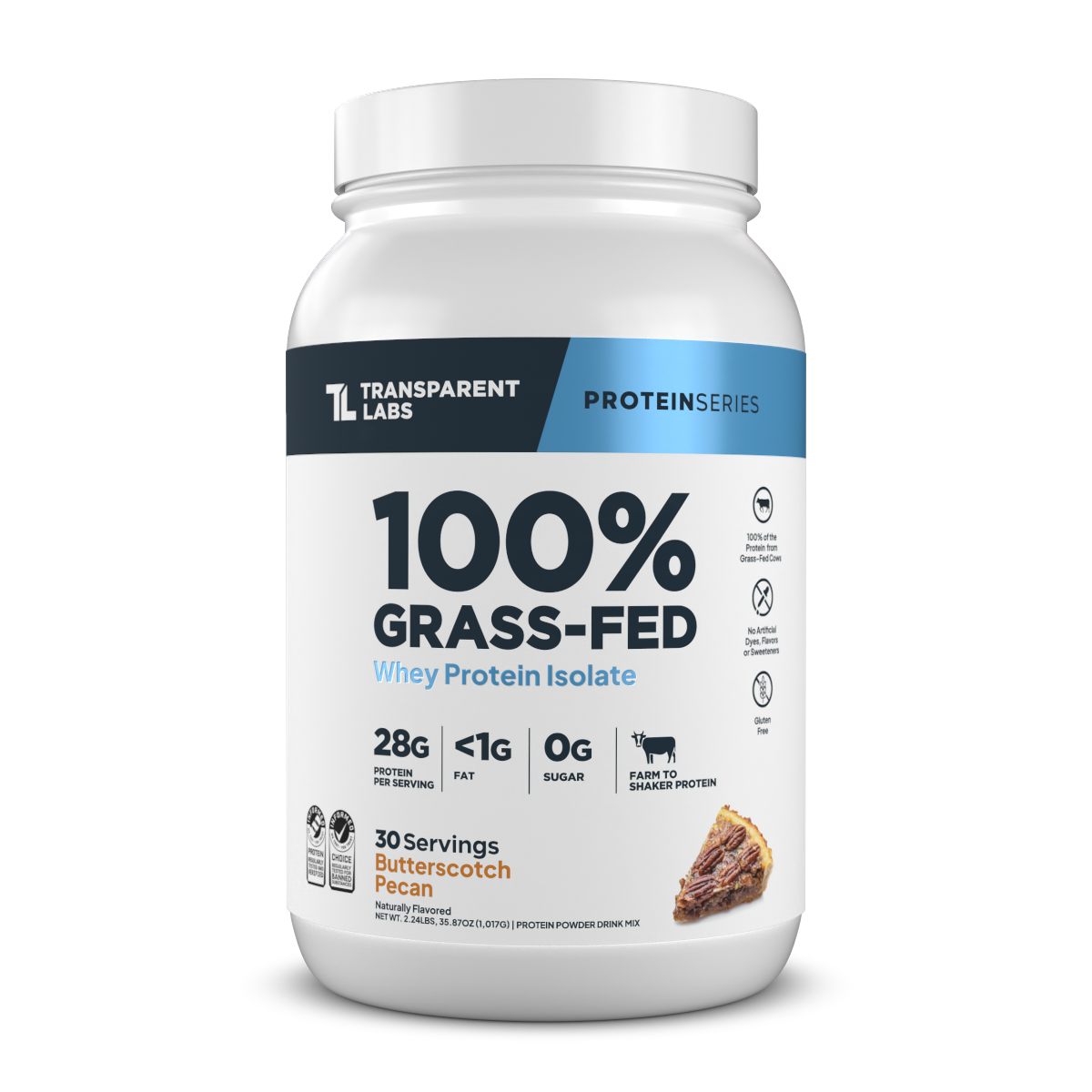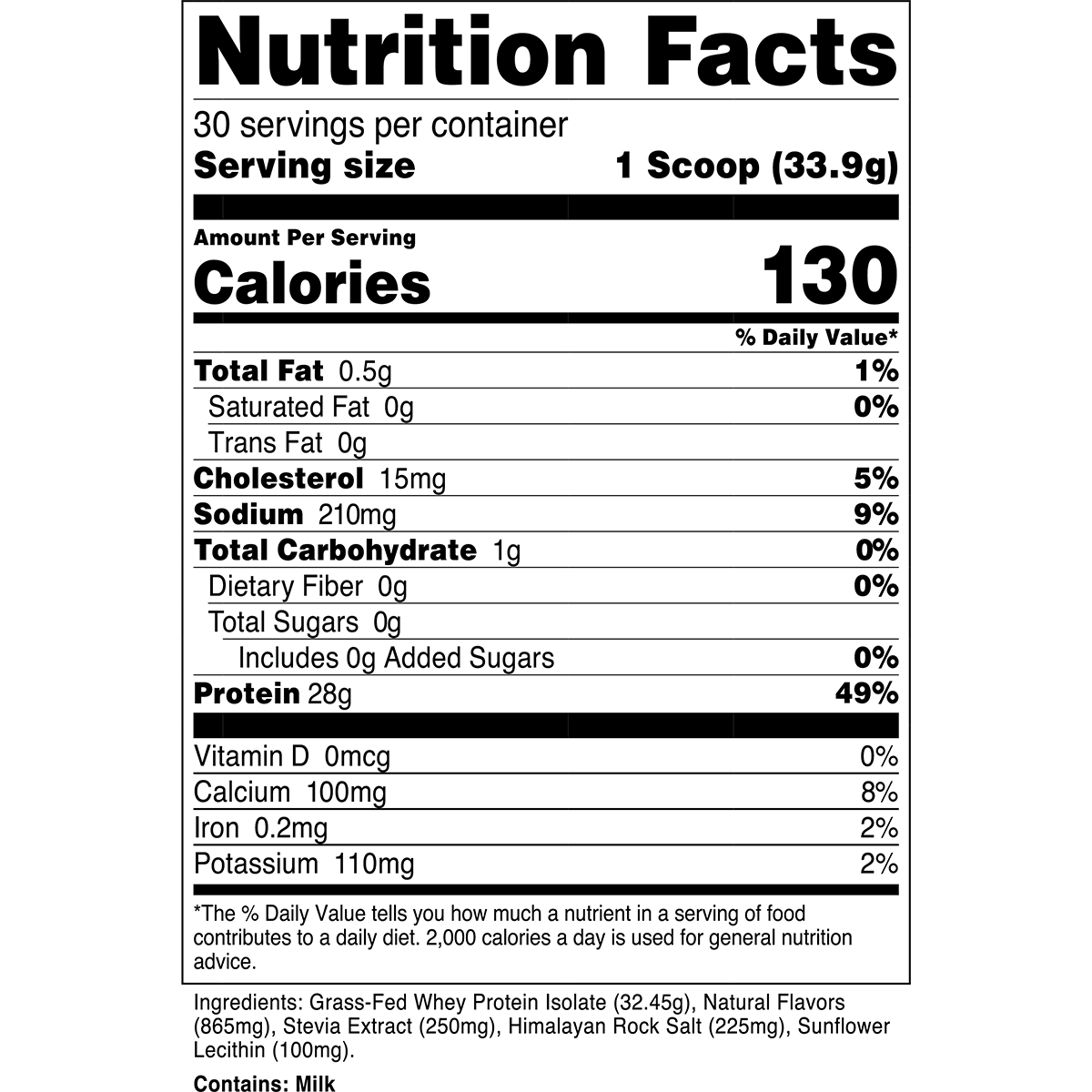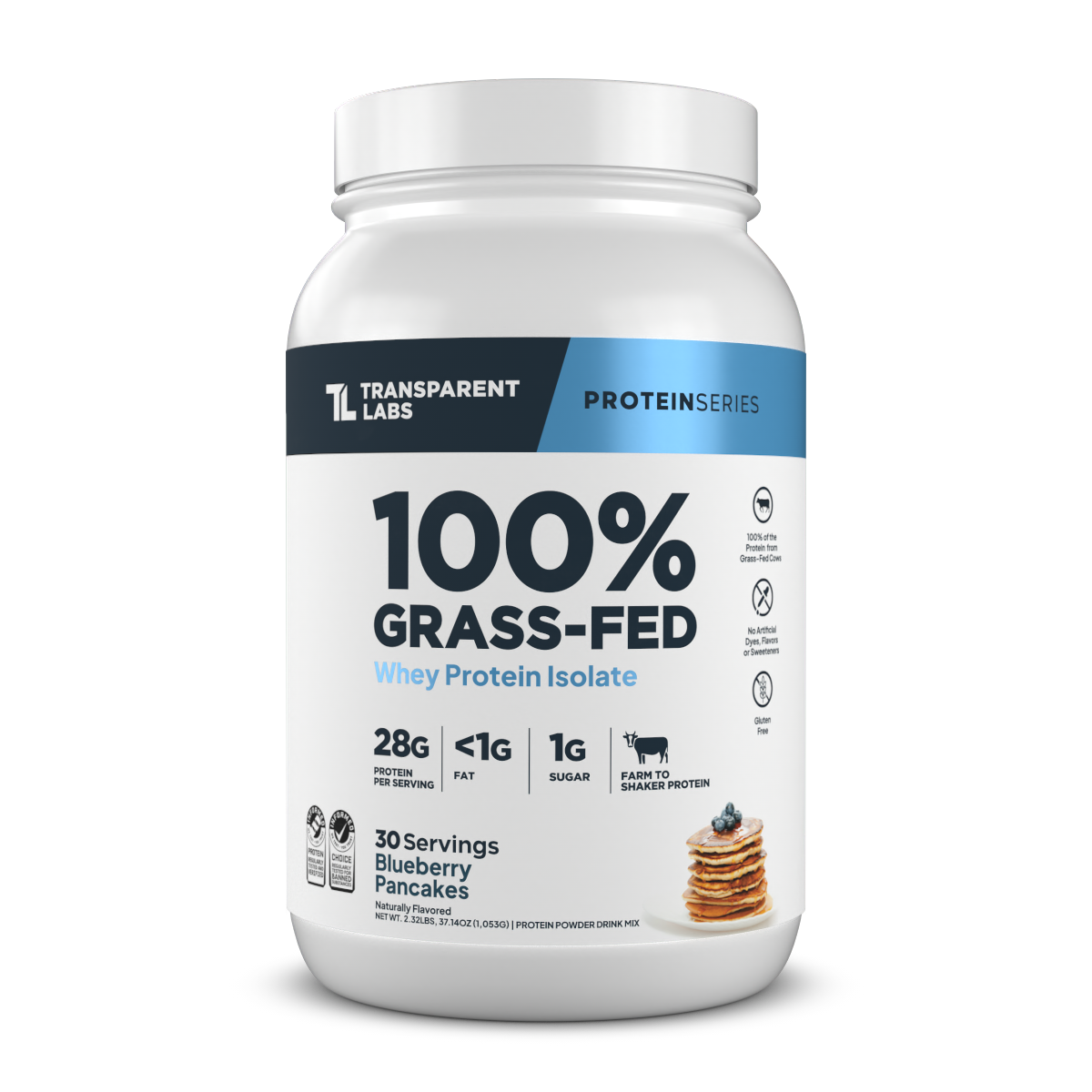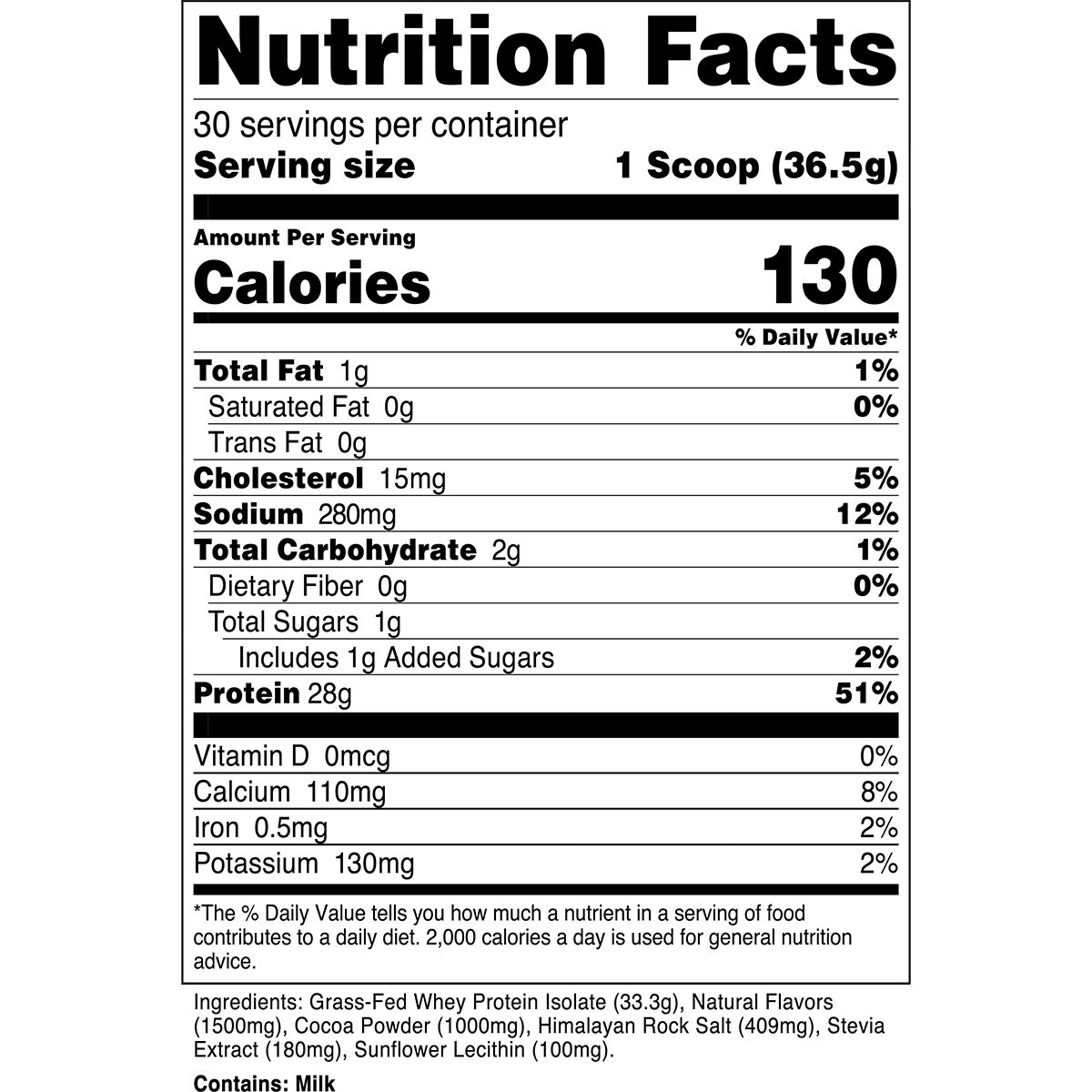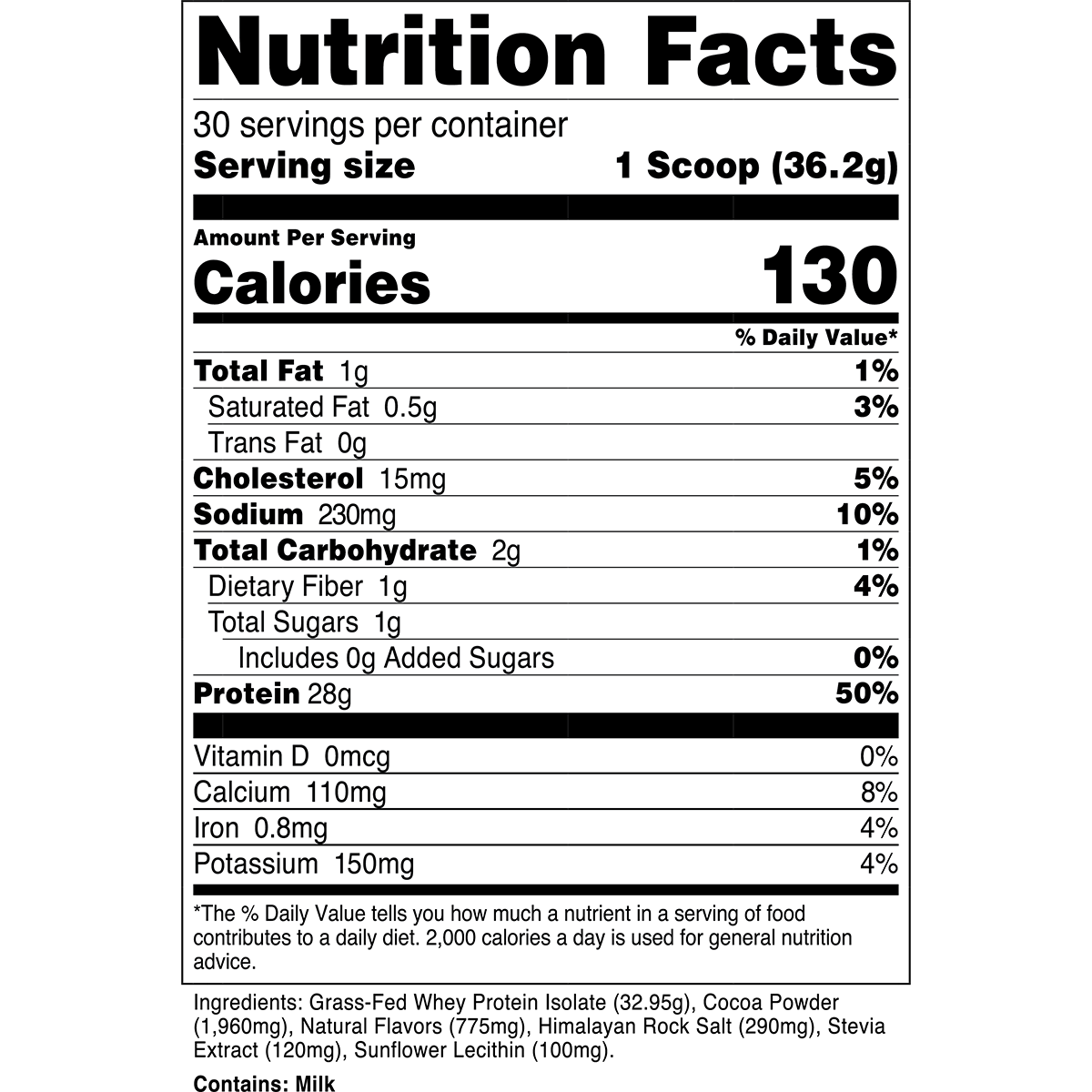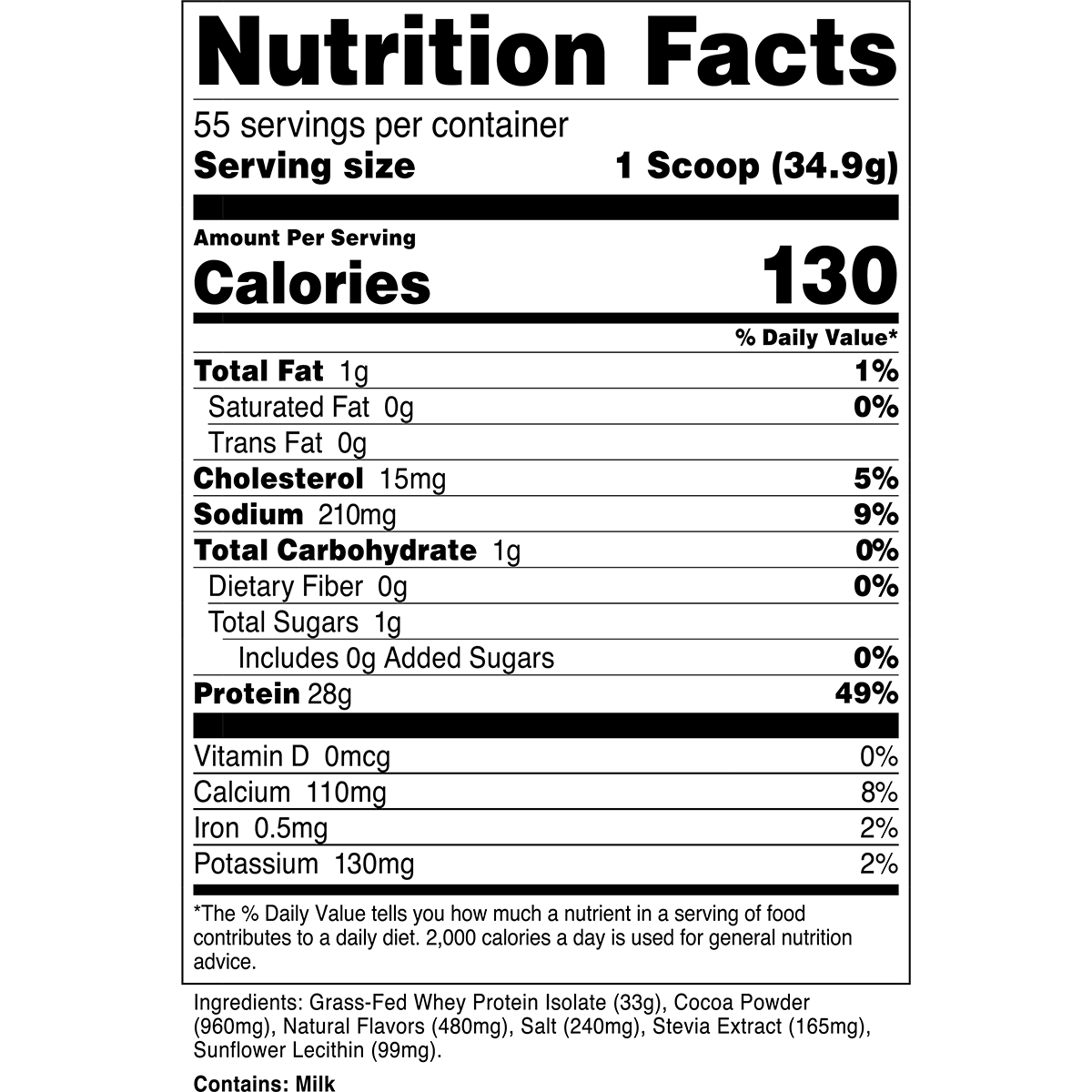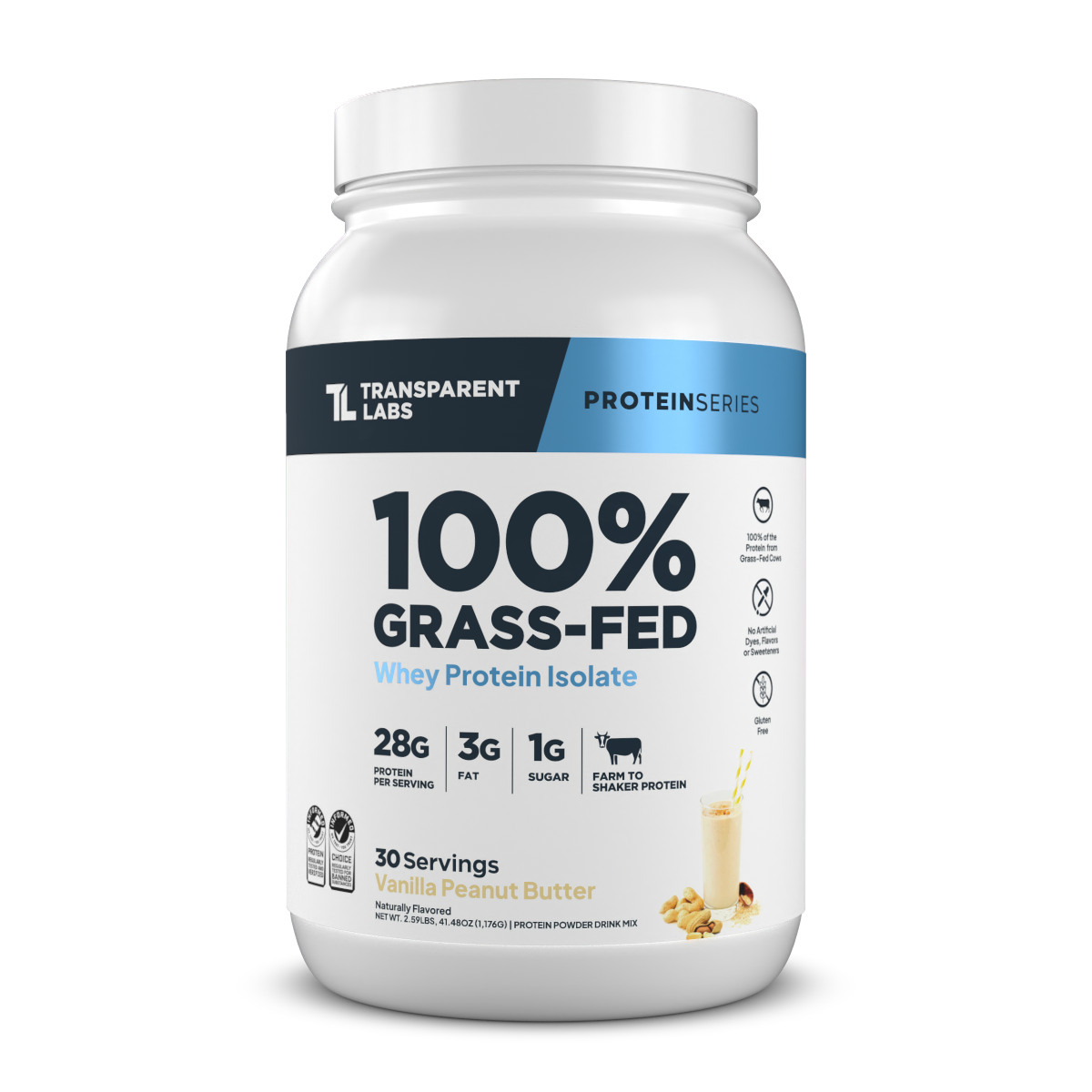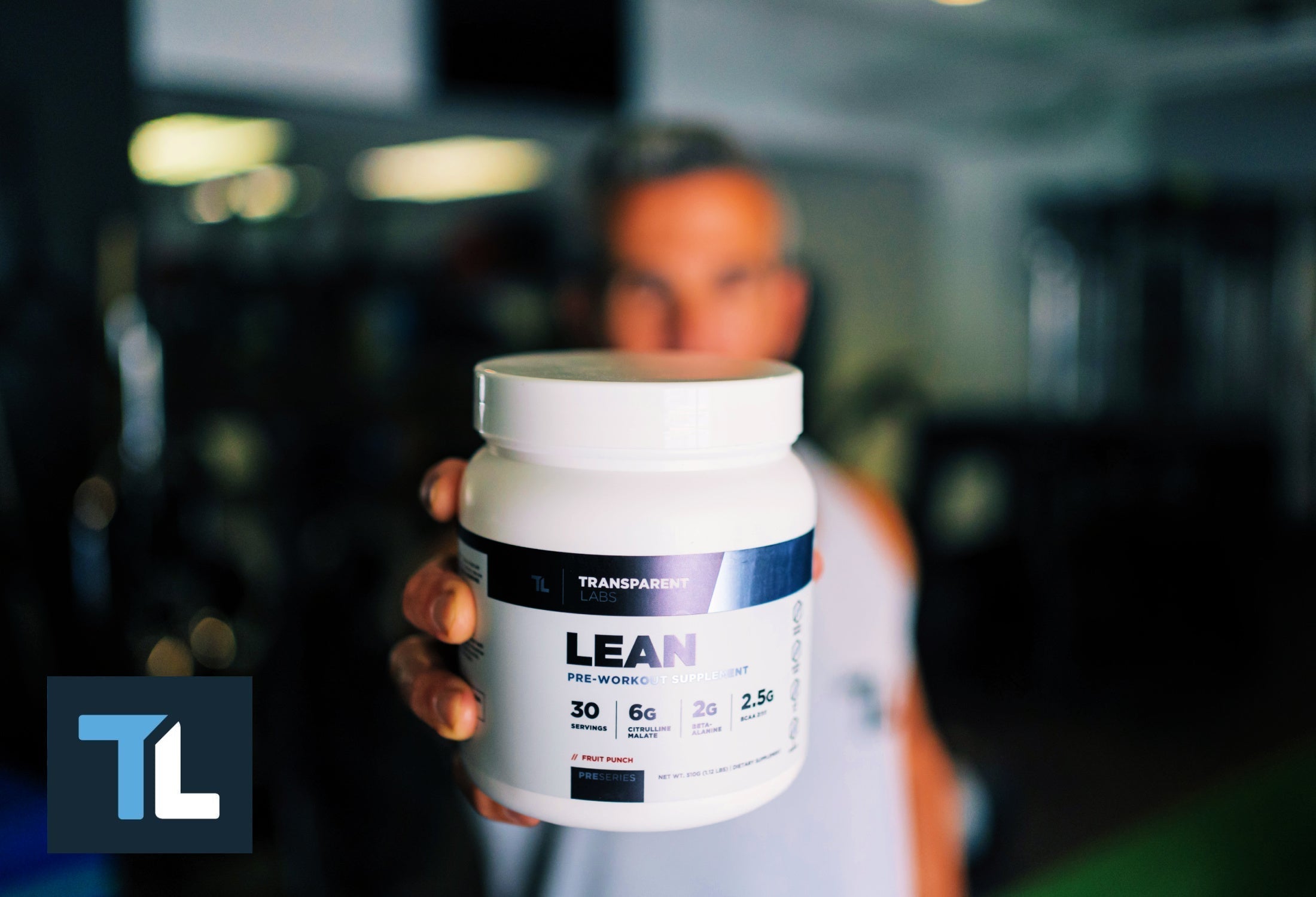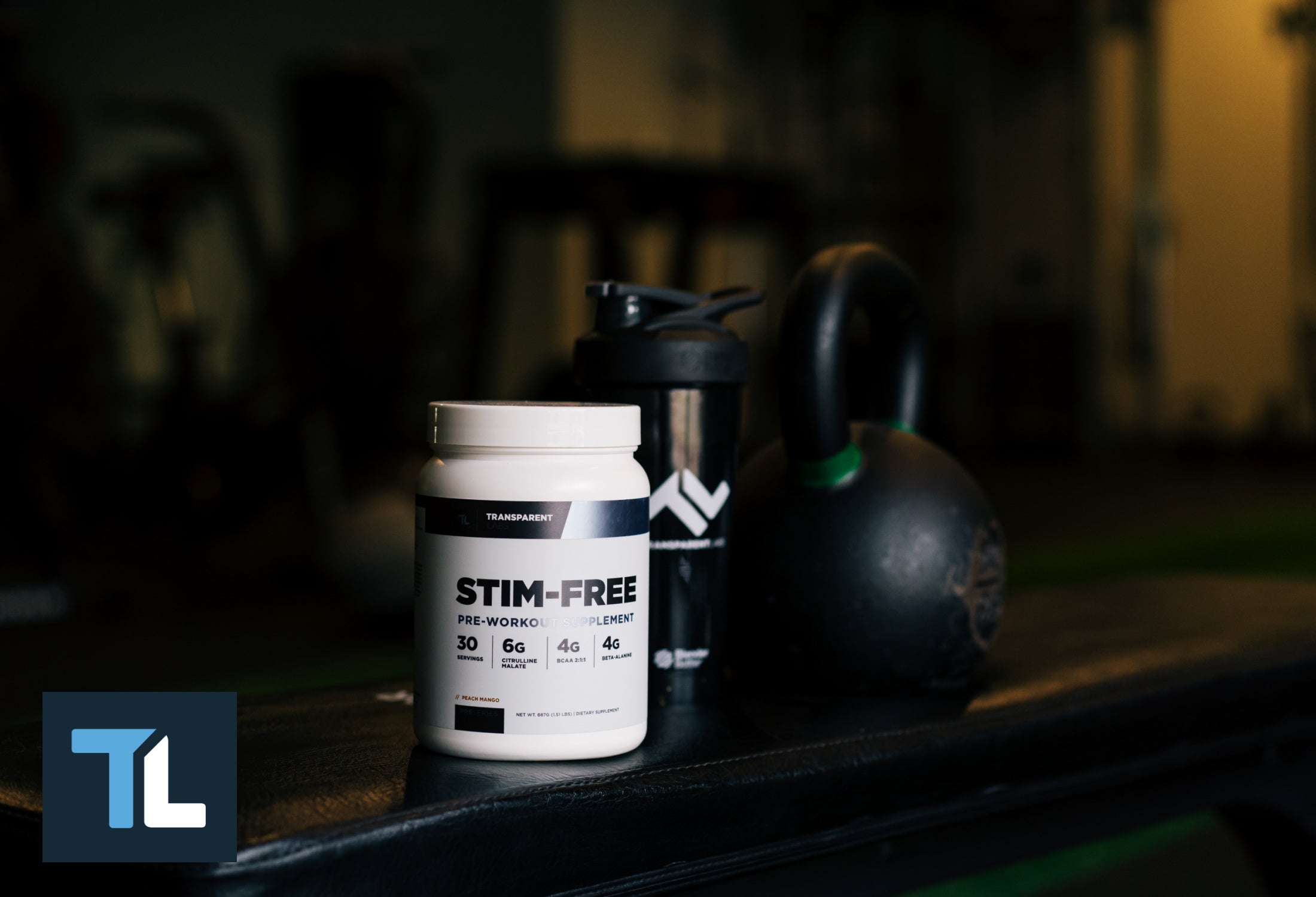The diet of bovine species has long been a subject of scientific investigation. Recently, studies have focused on the "grass-fed vs. grain-fed" debate, as the food cattle eat and how they are treated are defining factors in the quality, taste, and nutritional profile of their resultant beef and dairy products.
Conventional agro-business switched many cattle to a grain-based diet decades ago, as it's much cheaper and easier than feeding them a grass-based diet; in fact, over 95% of all United States beef sales are sourced from grain-fed cows [1]. As such, grain-fed cattle are the "standard" source of meat and dairy products in the U.S, while grass-fed cattle remain somewhat "exotic."
Unfortunately, consumers now have to go out of their way to find foods that are natural (or even remotely close to it). We've reached a point where food companies explicitly advertise whether their meat and dairy comes from grass-fed cattle, which is ironic considering that cows eat grass—not grains—as part of their natural diet.
Why does it matter, you ask? Think about it like this: If you are what you eat, then you are what you eat also eats (alas, this mantra doesn't make much sense for vegans...). The point is that distinguishing between grass-fed and grain-fed cattle varieties is not mere semantics—it is a determinant of the nutrient content of your food.
This article examines the contrasts between grass-fed and grain-fed cattle and how these differences impact the nutritional content of beef and dairy products.
Grass-Fed vs. Grain-Fed Cows: What's the Difference
Cattle innately consume a diet that is based on grass, which is inedible to humans. However, to secure the increasing demand for meat protein of humans, cattle are conventionally "finished" on grain-based diets after an initial six-month period on a grass-fed diet [2]. This is why you may hear the terms "grass-finished" and "grain-finished" in some contexts; technically, most cattle are "grass-fed" at some point in their lifetime, but only a small proportion are raised and finished on a grass-based diet. For clarity moving forward, we will use "grass-fed" to refer to cattle that are raised and finished via grass feeding.
Most cows mature in CAFOs (Concentrated Animal Feeding Operations), mass feedlots for cows to indulge in mixtures of economical (read: cheap) grains, usually soybeans, wheat, and/or corn. CAFOs are typically unsanitary and can expose livestock to excessive heat, so cows in these facilities may be treated with a cocktail of antibiotics and anti-viral agents to avoid sickness [3]. Cows in CAFOs are often also given anabolic steroids and/or growth hormone for increased milk and beef output [4].
Consequently, drugs given to cattle―and their bovine metabolites—may occur in the resulting meat and milk that humans consume [5]. To make matters worse, environmental pollutants (e.g. xenoestrogens) that contaminate livestock feedlots can also appear in meat and dairy products [6].

Of course, there has to be some benefit to grain-fed cattle, right? Well, yes—but those benefits aren't passed onto you, the consumer. The "benefits" of grain-fed cattle are that they are less costly and they grow larger and faster than their grass-fed peers [7, 8]. Ultimately, this makes grain-fed beef and dairy more economical for "Big Agriculture."
In contrast to grain-fed cattle, grass-fed cattle are raised more traditionally, free to graze pastures, and eat naturally grown grass. Obviously, the grass-fed approach is more expensive and demanding for cattle farmers than grain feeding, as the requirements for fertile land far exceed those of a feedlot.
However, grass-fed cattle farming is significantly more eco-friendly than grain feeding and yields nutritionally superior meat and dairy products [9]. The added cost to raise and care for grass-fed cows gets passed onto the consumer, which is why grass-fed beef and grass-fed dairy may be twice as expensive as their grain-fed counterparts. Yet, grass-fed beef and dairy are well worth it, especially if you care about food quality. (And if you care about the planet, you can feel good about supporting a more environmentally sound alternative to cattle farming.)
Fast Facts on Grass-Fed vs. Grain-Fed Beef
Since cattle are used for producing beef and dairy, researchers analyze product samples, such as a 100-gram portion of steak meat or 100 mL of milk, from the same species of cattle raised on different diets (e.g. grass-fed vs. grain-fed). This allows for a direct comparison of the nutritional content of those products to see if they differ.
Indeed, recent studies show there are considerable nutritional and quality discrepancies between grass-fed and grain-fed food products, particularly in their fat and micronutrient compositions. For example, grass-fed beef contains 7% less total fat than grain-fed beef while also providing significantly more fat-soluble vitamins, and grass-fed cattle are visibly leaner than their grain-fed counterparts [10].
Despite having lower total fat content, grass-fed beef may contain up to five times more essential omega-3 fatty acids, specifically docosahexanoic acid (DHA), eicosapentanoic acid (EPA), and docosapentanoic acid (DPA), and twice as much conjugated linoleic acid (CLA) compared to grain-fed beef [11, 12]. Given the putative health benefits of these specific fatty acids, grass-fed beef is a much better dietary source than grain-fed beef. It's also worth noting that grain-fed beef contains significantly higher amounts of (likely) pro-inflammatory omega-6 fatty acids than grass-fed beef [13].
In comparison to grain-fed beef, the net effect of grass-feeding cows is an increase in functional lipid components (e.g. omega-3 essential fatty acids) and fat-soluble vitamins, as well as a decrease in cholesterol-raising saturated fatty acids. Thus, grass-fed beef may exert protective effects against several diseases ranging from cancer to cardiovascular disease, at least relatively speaking (one could argue that eliminating red meat altogether is the better approach).
Grass-Fed vs. Grain-Fed: Impact on Milk Protein Quality
Grass-fed dairy exhibits similar upticks in CLA and omega-3 EFAs compared to grain-fed dairy [14]. It also contains a higher amount of lipophilic (fat-soluble) antioxidant vitamins, such as vitamin A, vitamin D, and vitamin E.
But dairy is uniquely rich in milk protein, which is a mixture of whey and casein proteins. So, how does grass-feeding cattle impact milk protein quality?
Well, it improves that, too. Grass-fed whey protein has greater amounts of immunoglobulins, functional peptides that support the immune system, than grain-fed whey protein [15]. It's also a denser source of antioxidant micronutrients and has a healthier fatty acid profile (though the fat content of whey protein is typically low).
If you're unfamiliar with whey protein powder, it is a byproduct of the cheesemaking process. Much like a cow's diet affects the quality of their meat, it also affects the quality of their milk. Since whey protein is derived from cheese, and cheese is made from milk...well, hopefully, you can put two and two together to see where this is going.
The added nutritional benefits of grass feeding are "passed on" via meat and dairy, the latter of which is used for making protein powders. So, be sure to check out our Transparent Labs 100% Grass-Fed Whey Isolate, sourced from pure grass-fed American dairy cattle raised without the use of growth factors or hormones. We are proud to offer the most premium whey protein in the world, with absolutely no artificial sweeteners, fillers, food dyes, gluten, or preservatives, and certified by Labdoor with a score of 98 out of 100.

